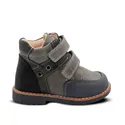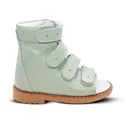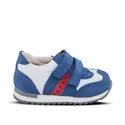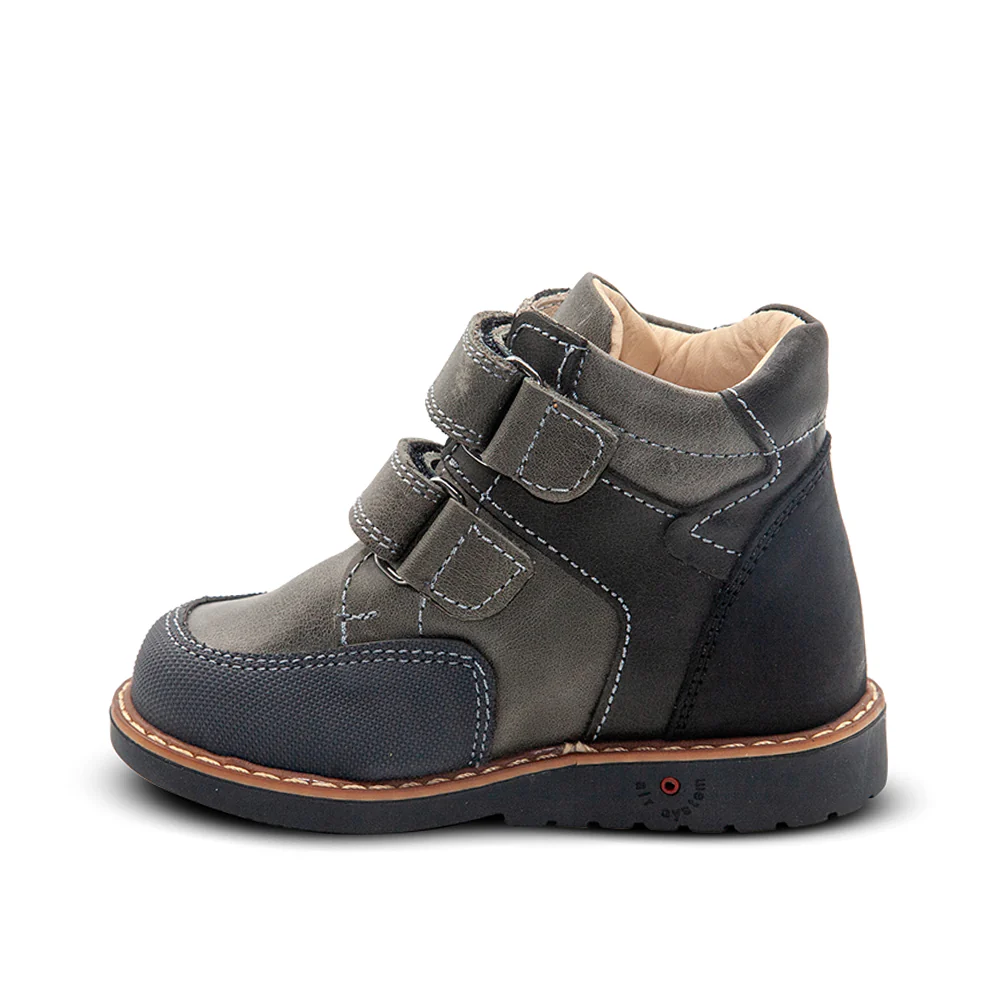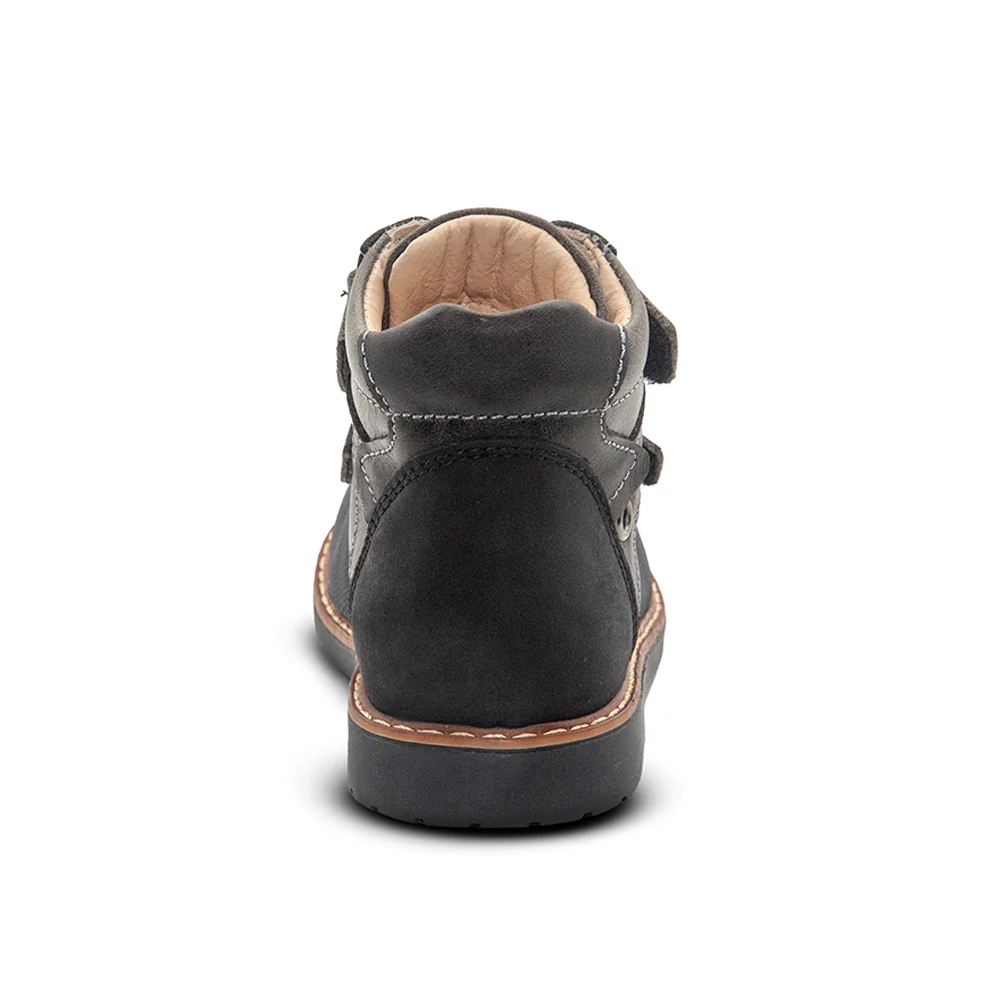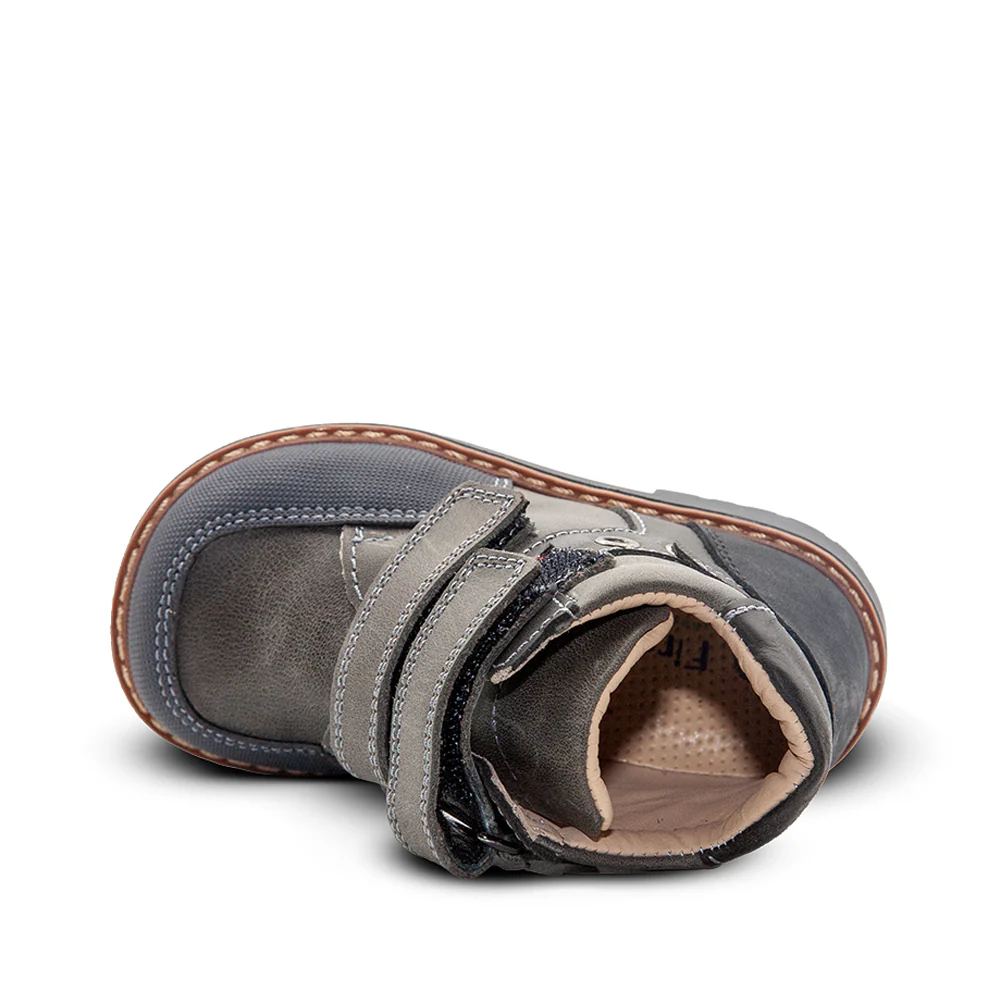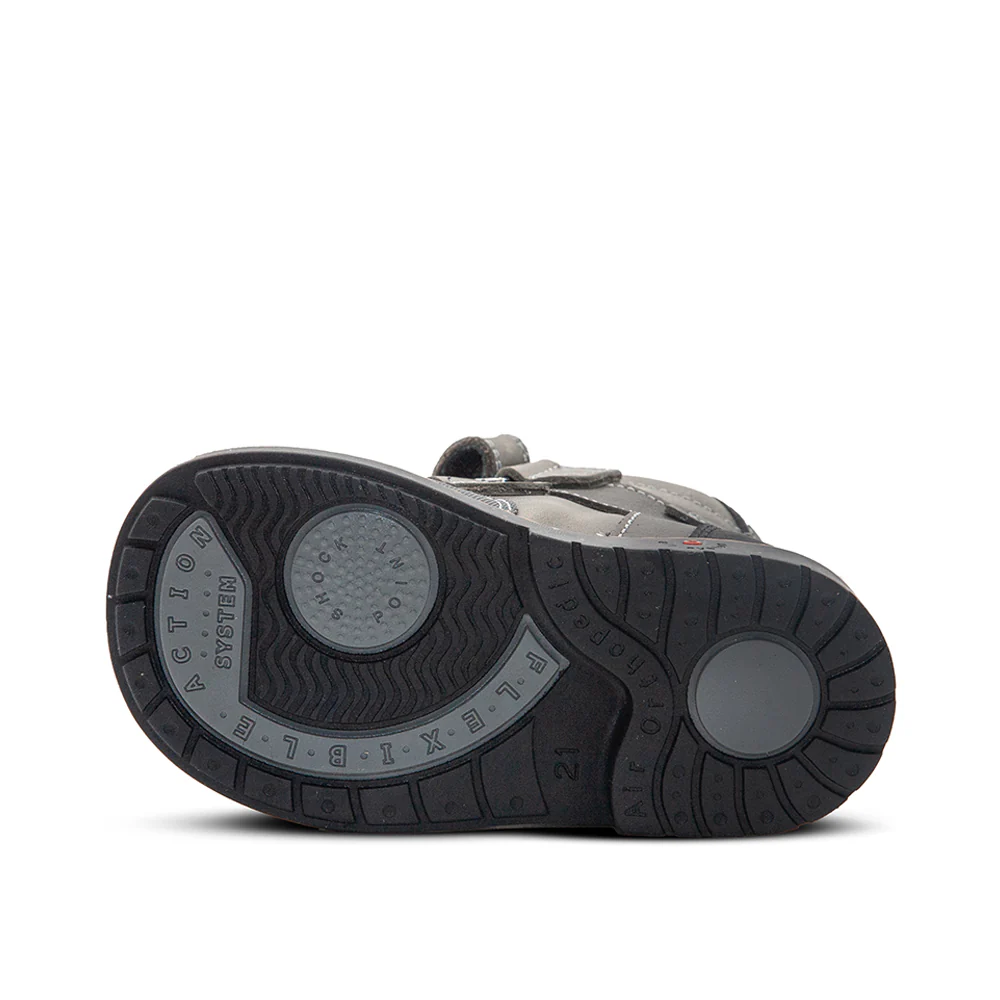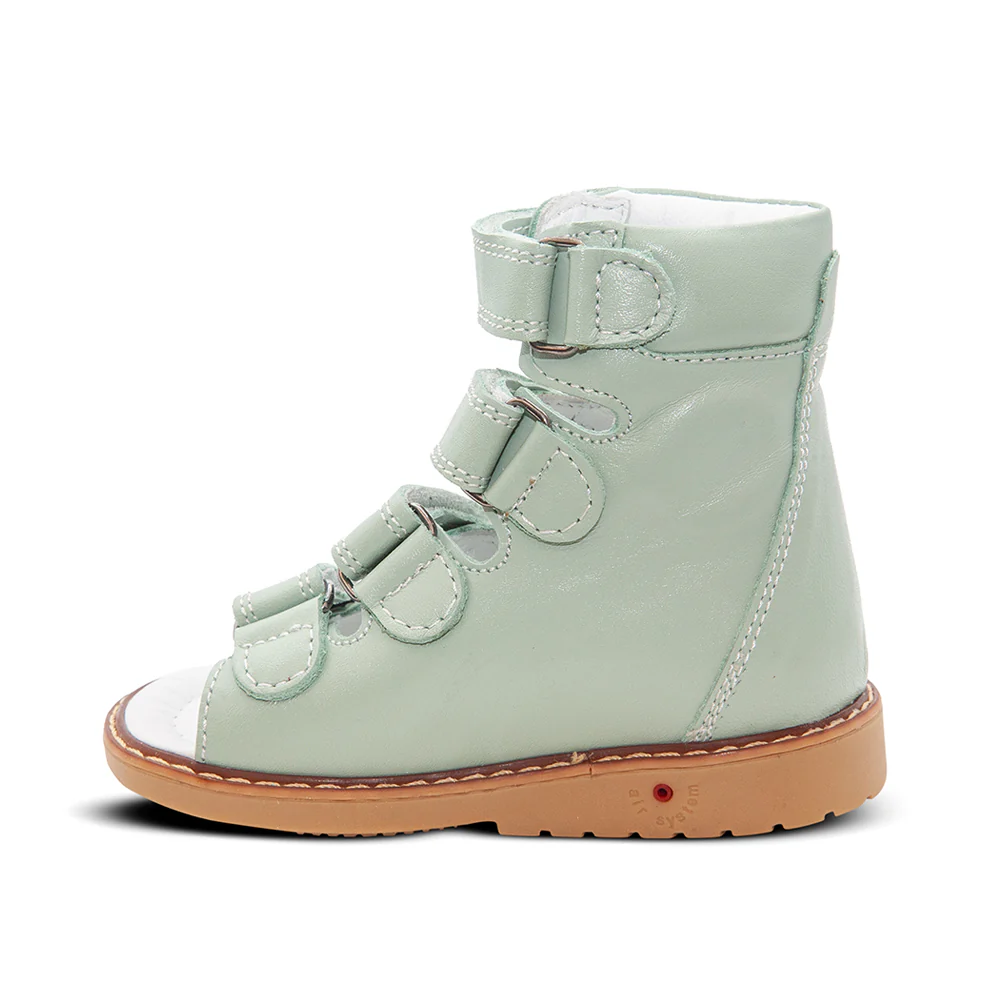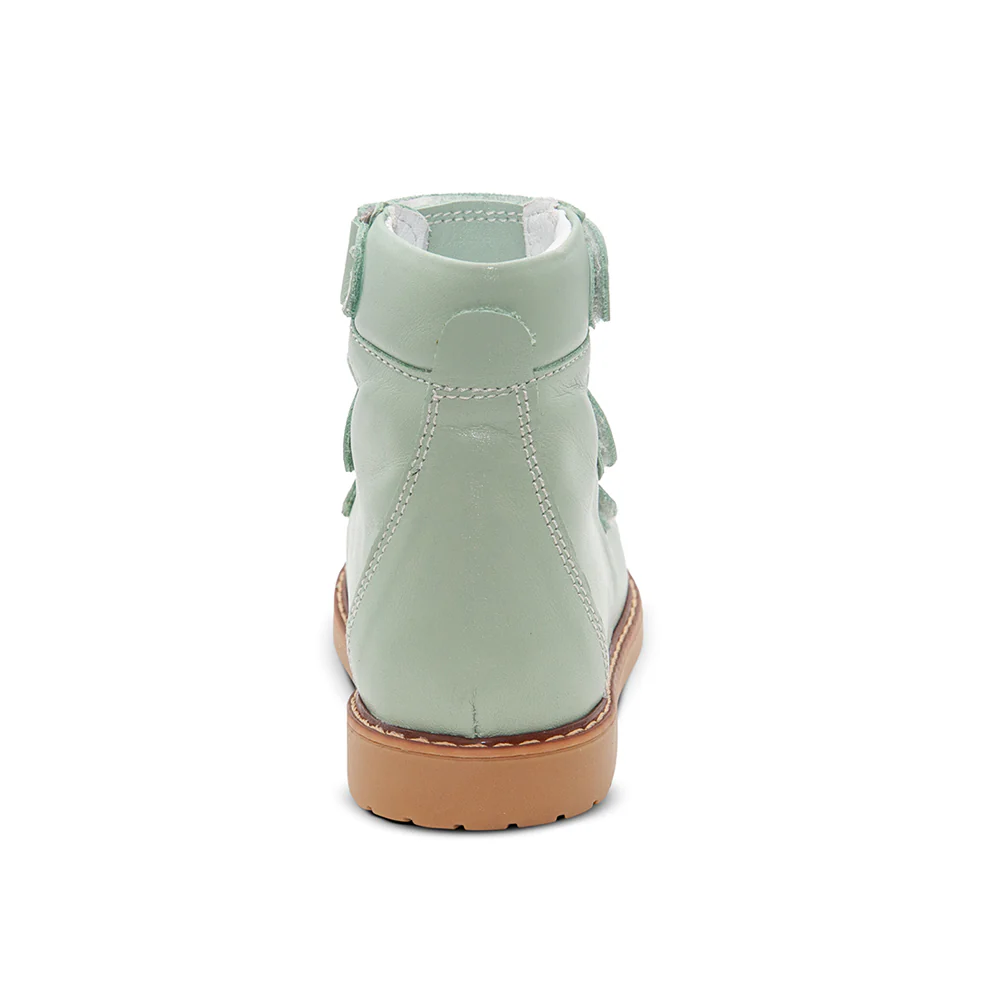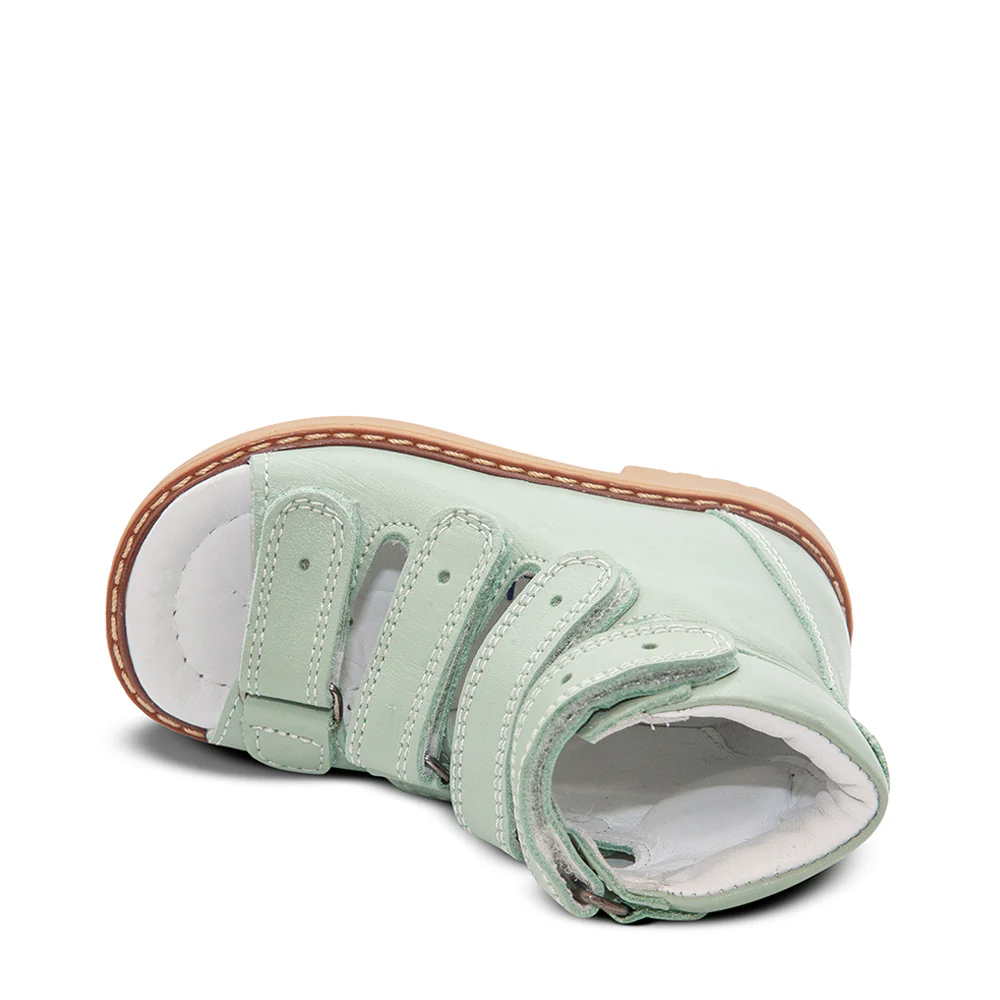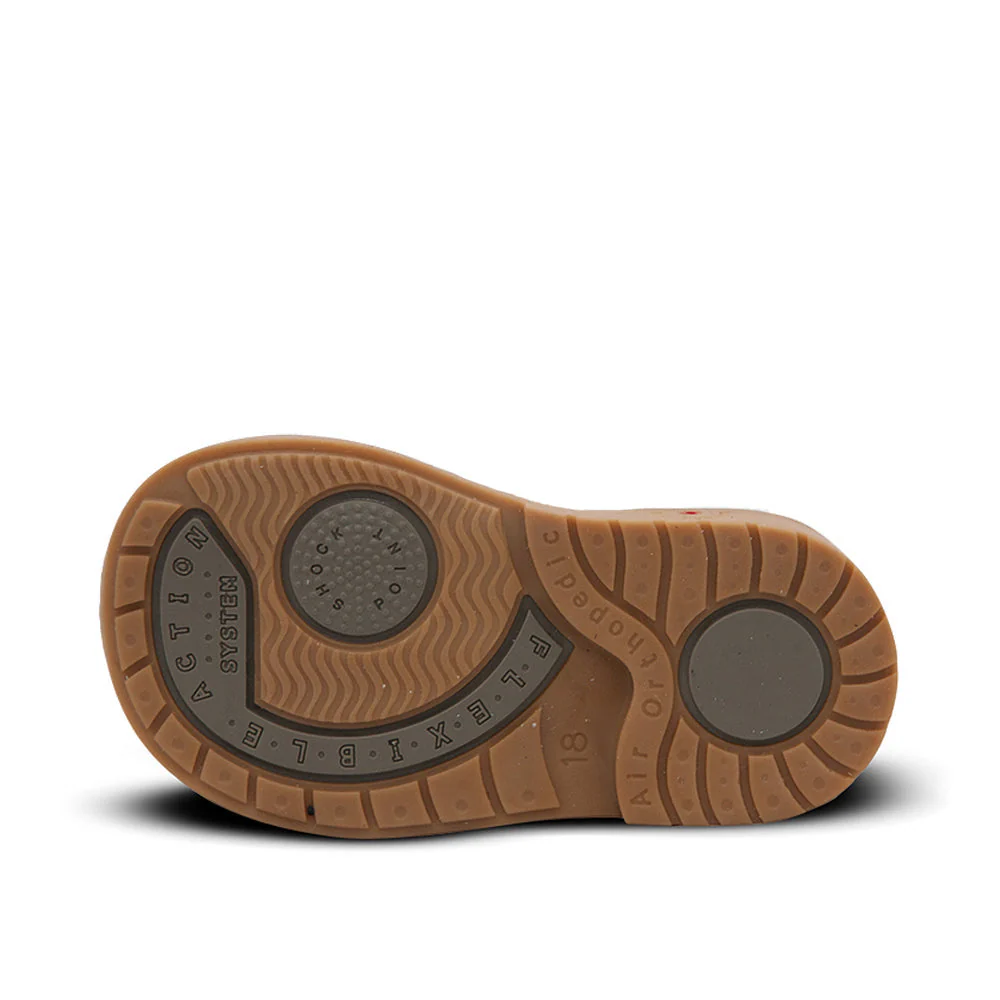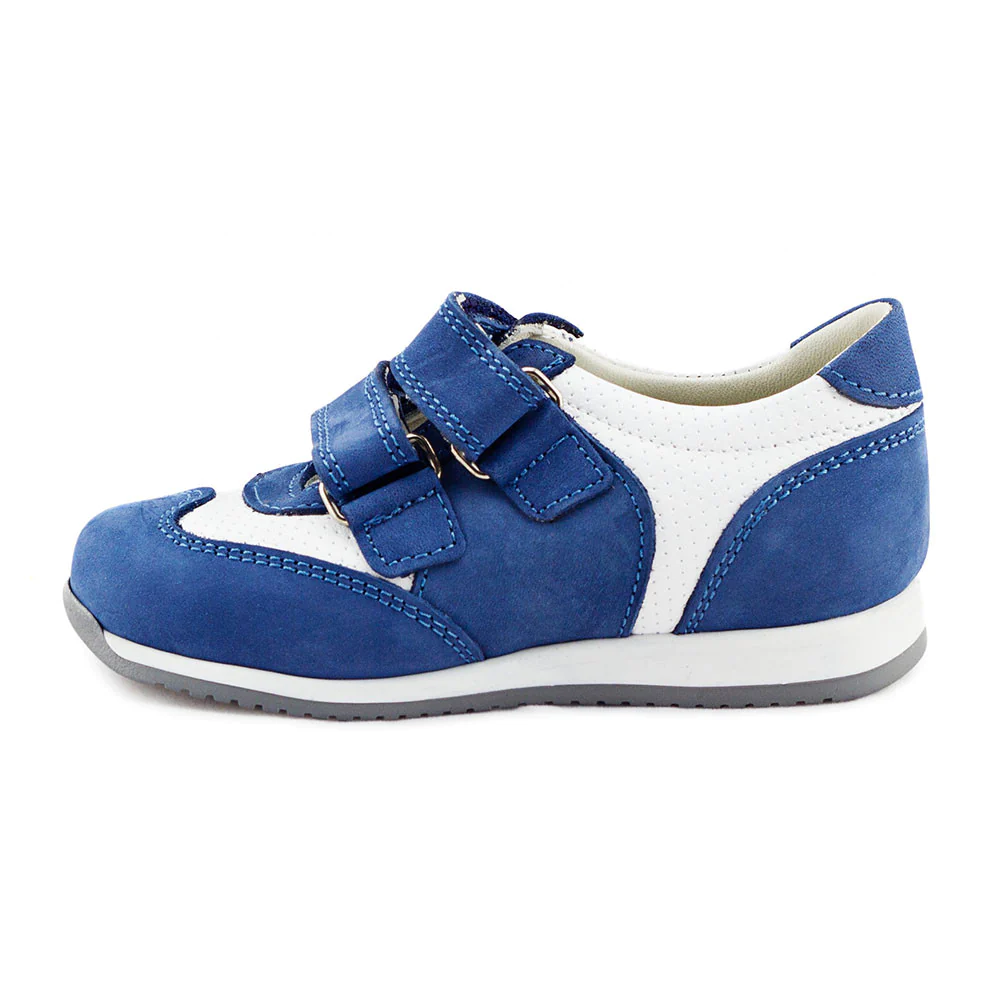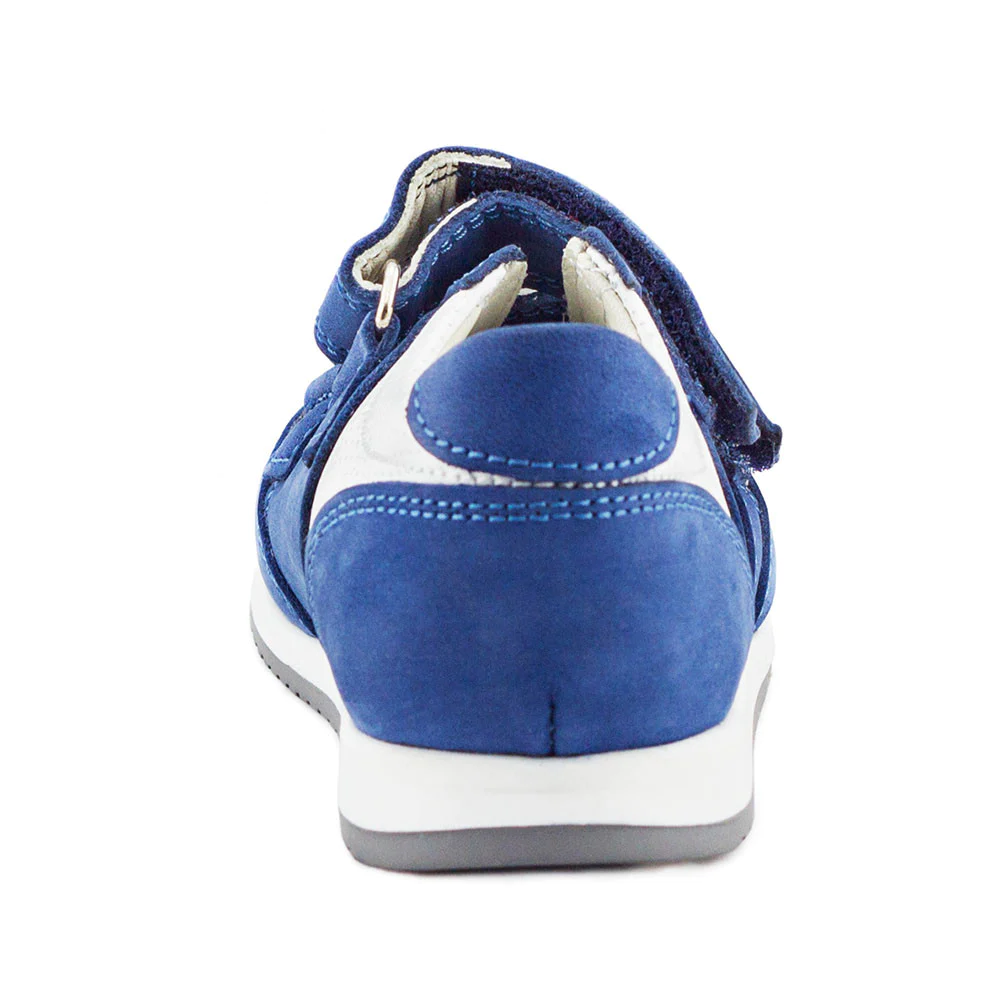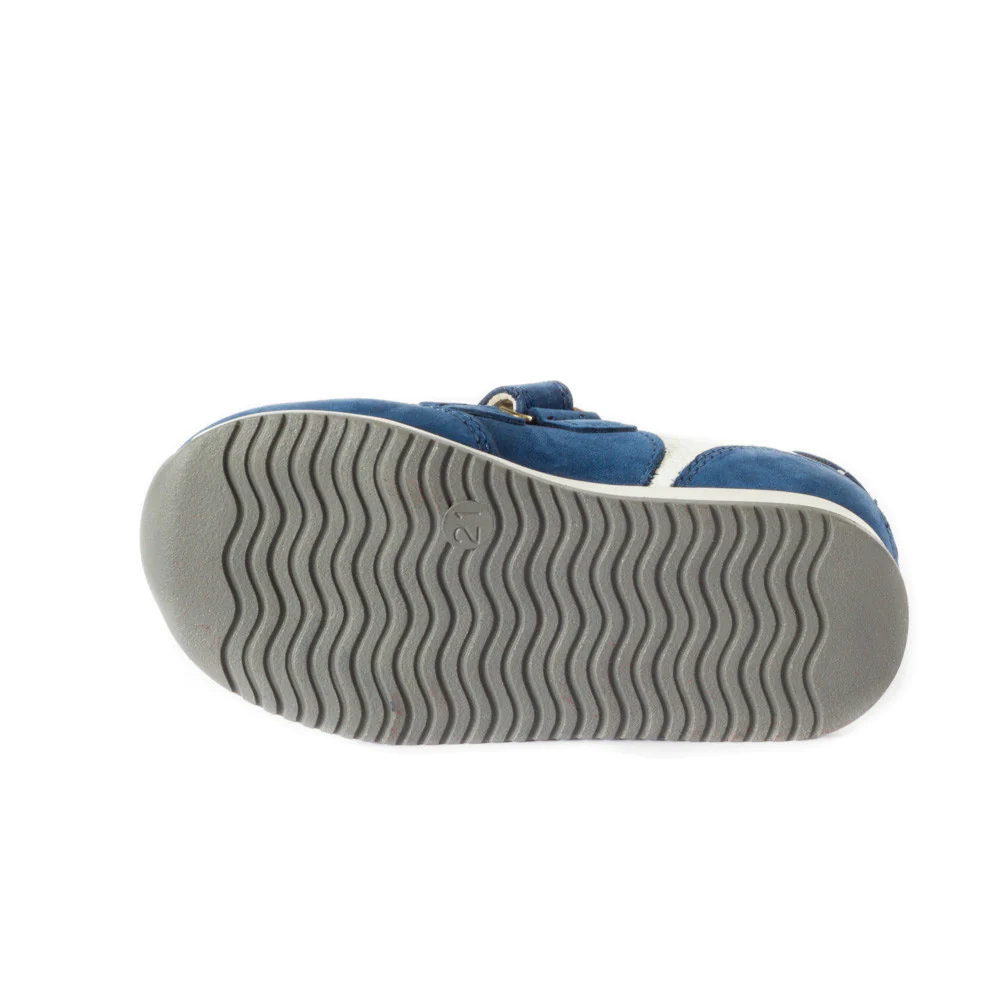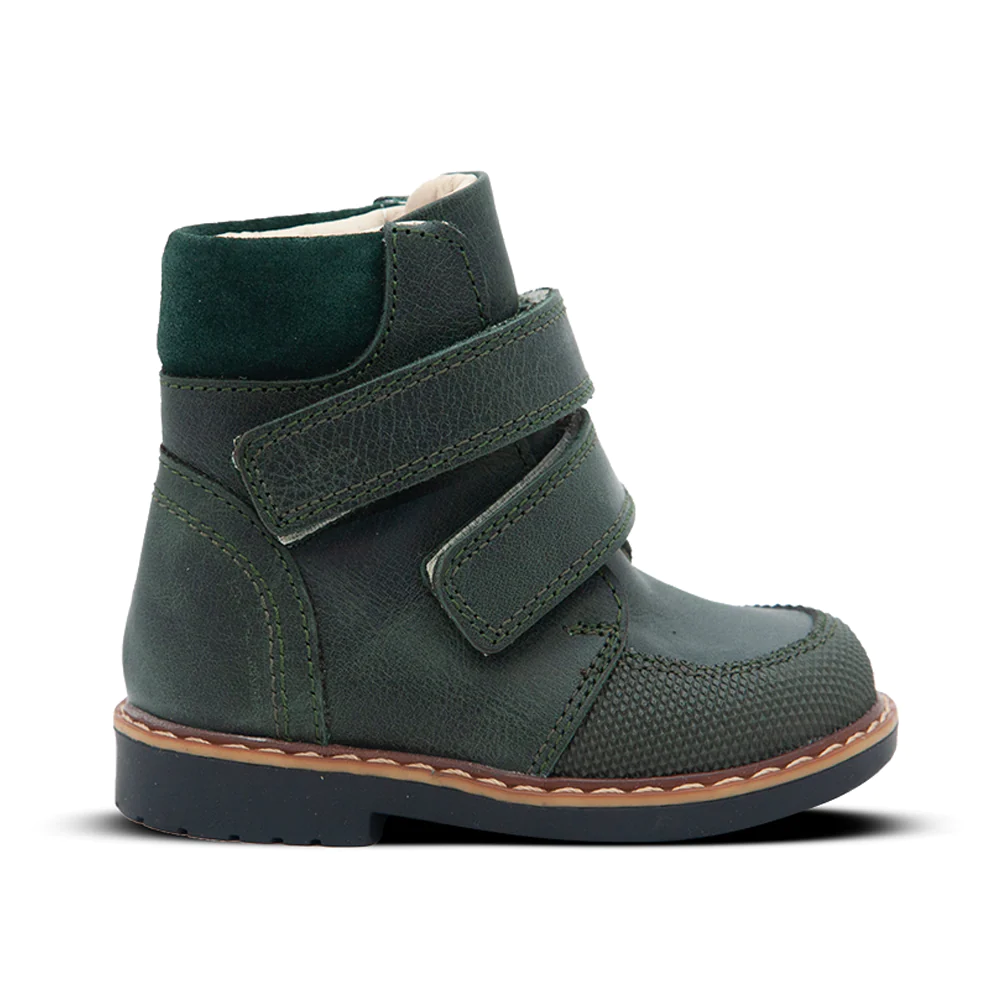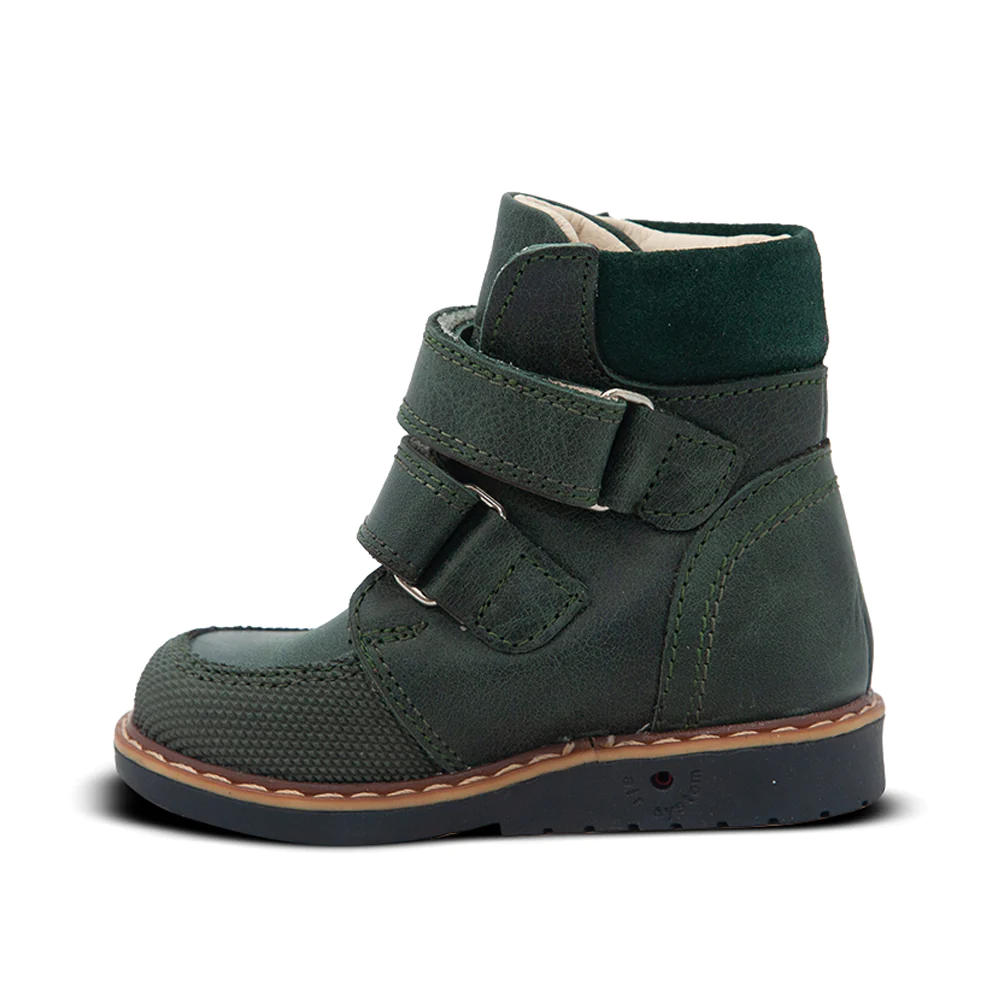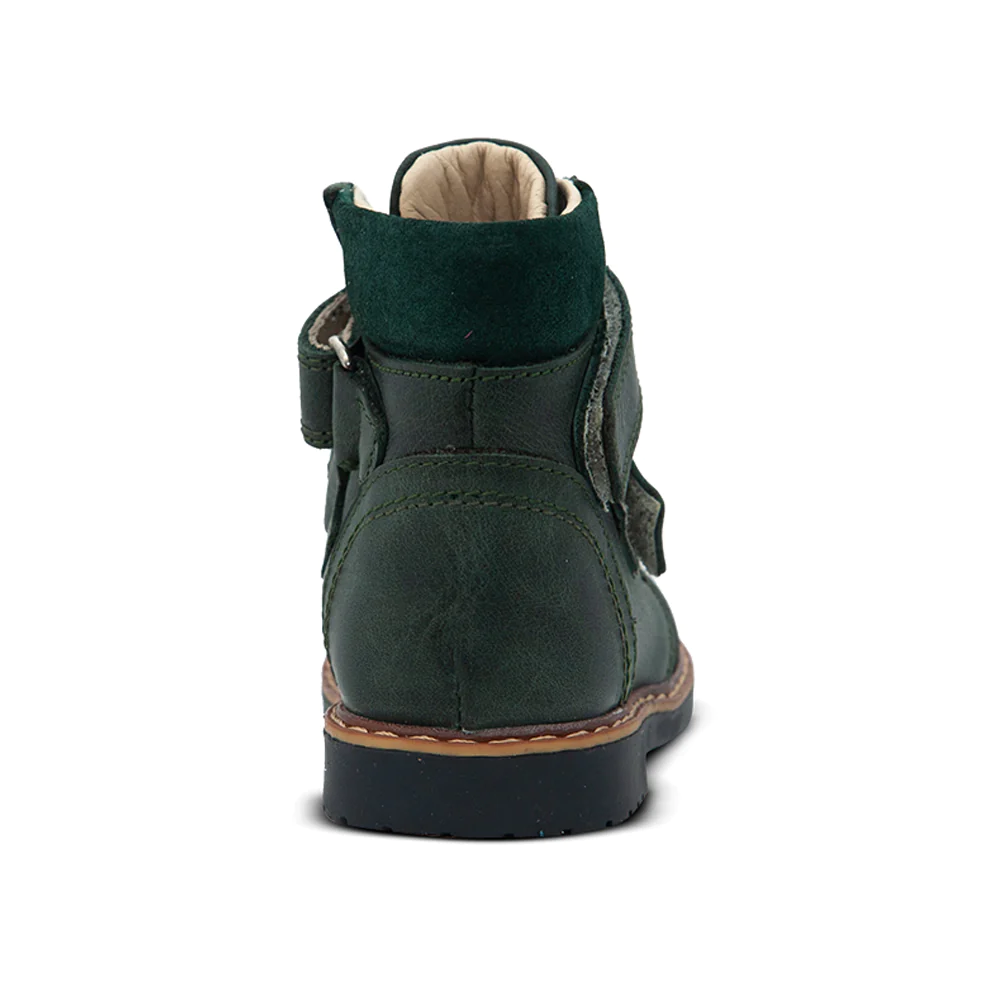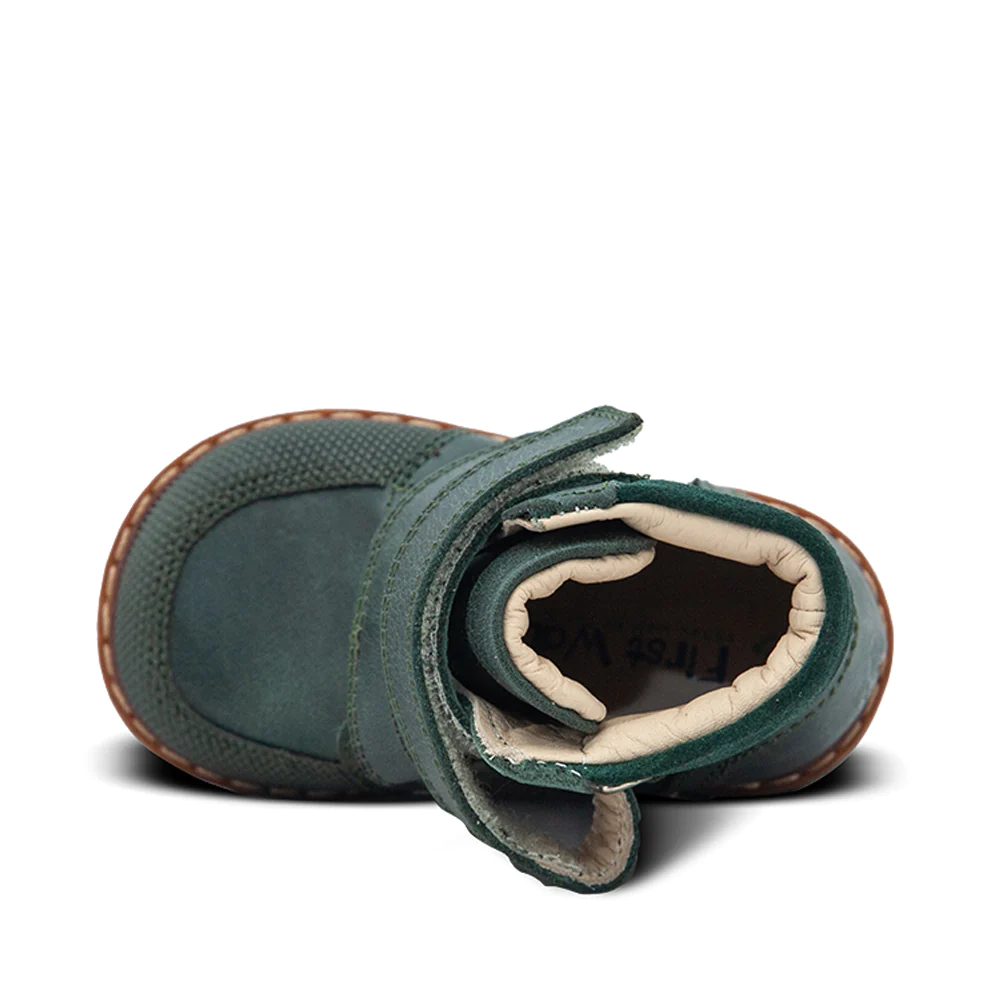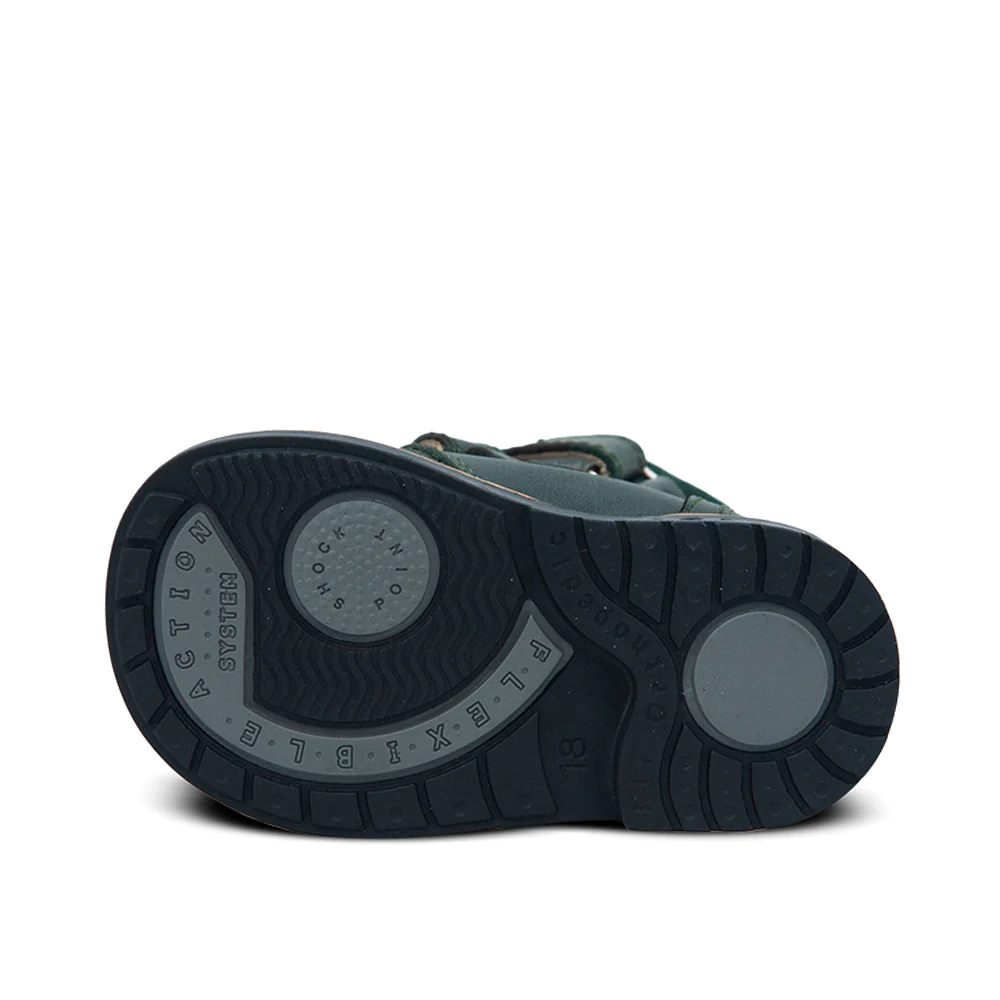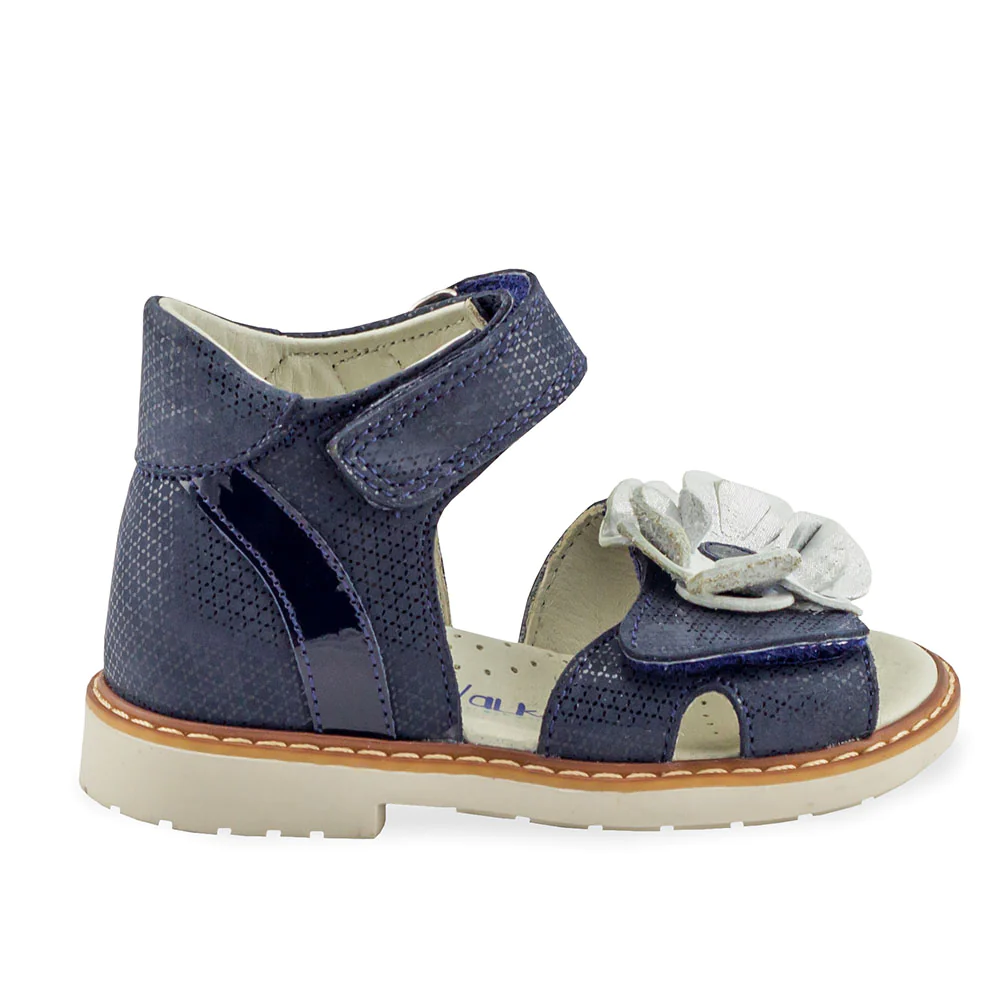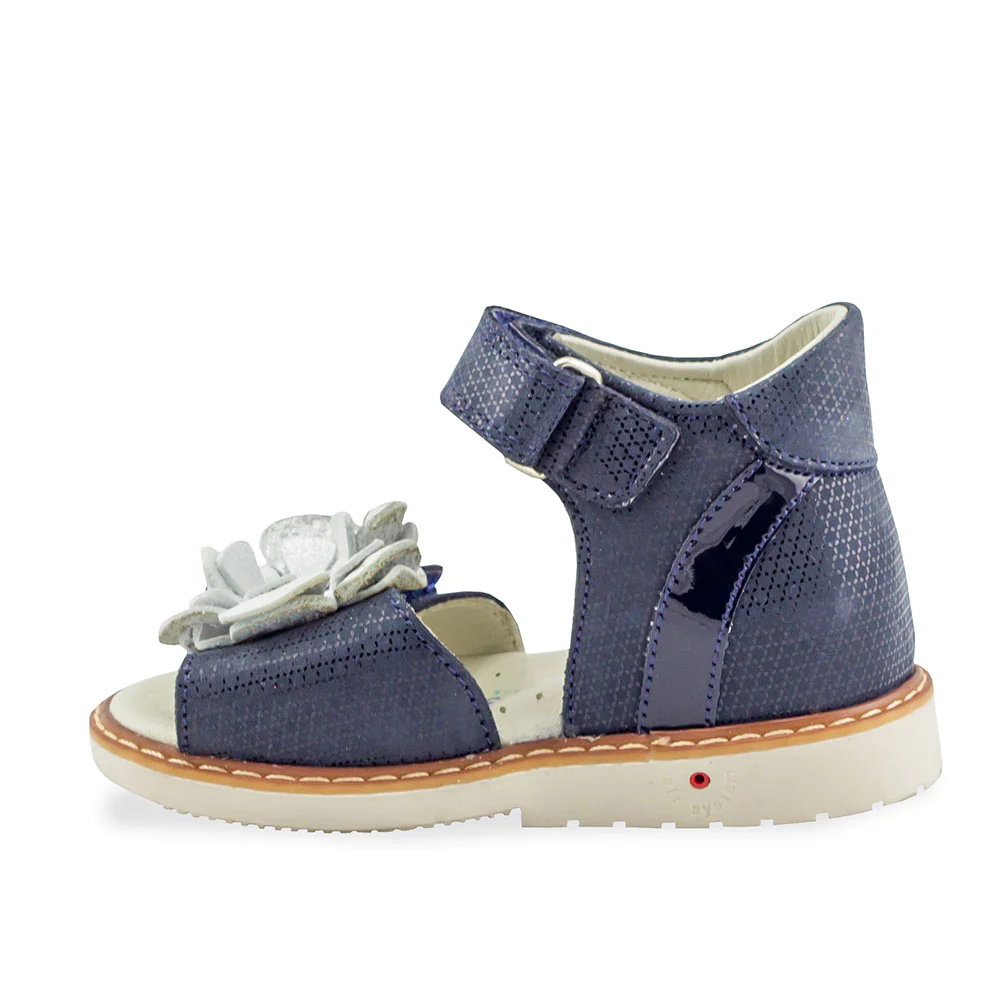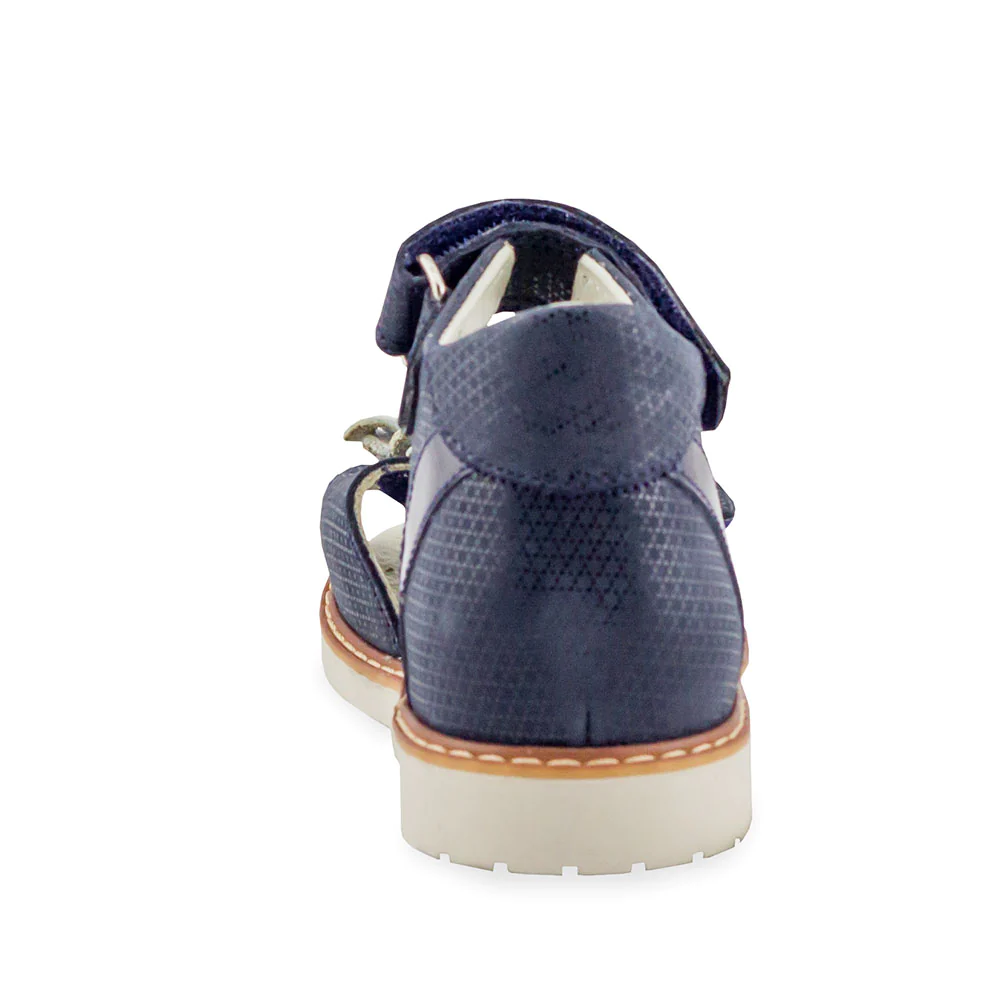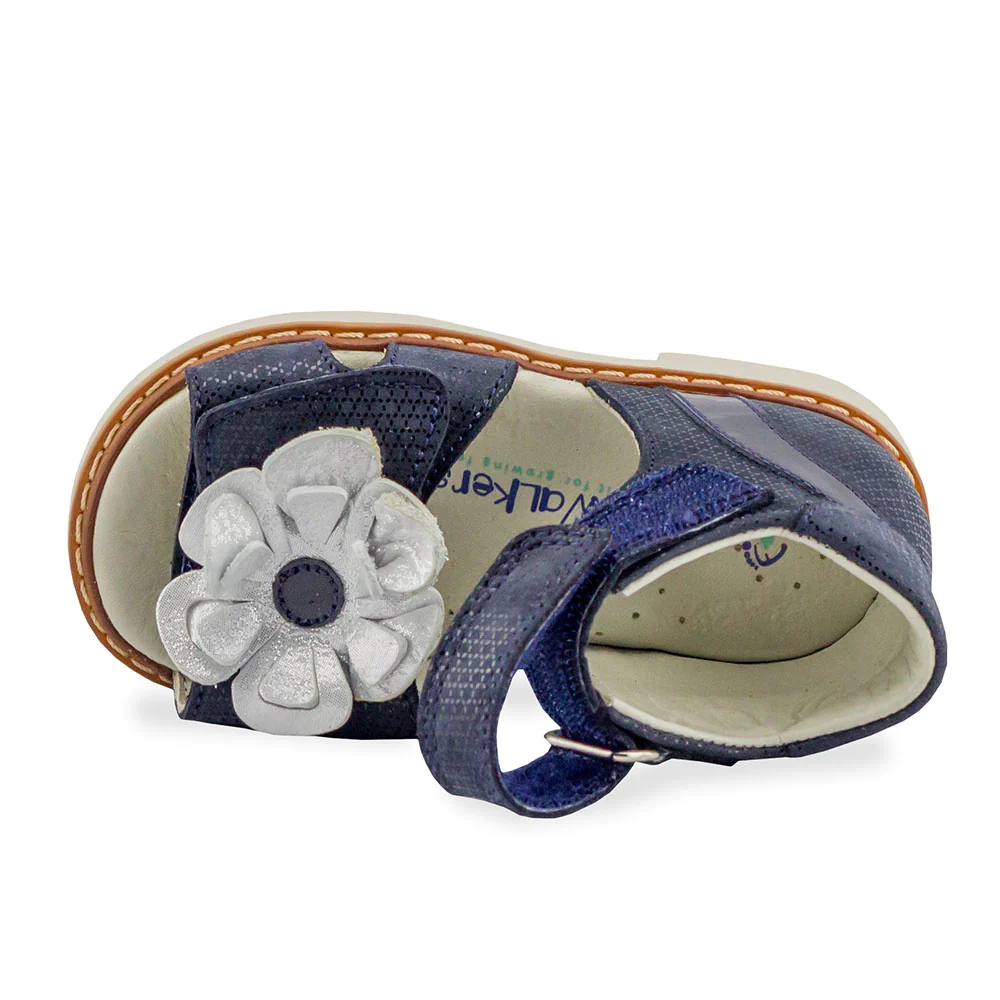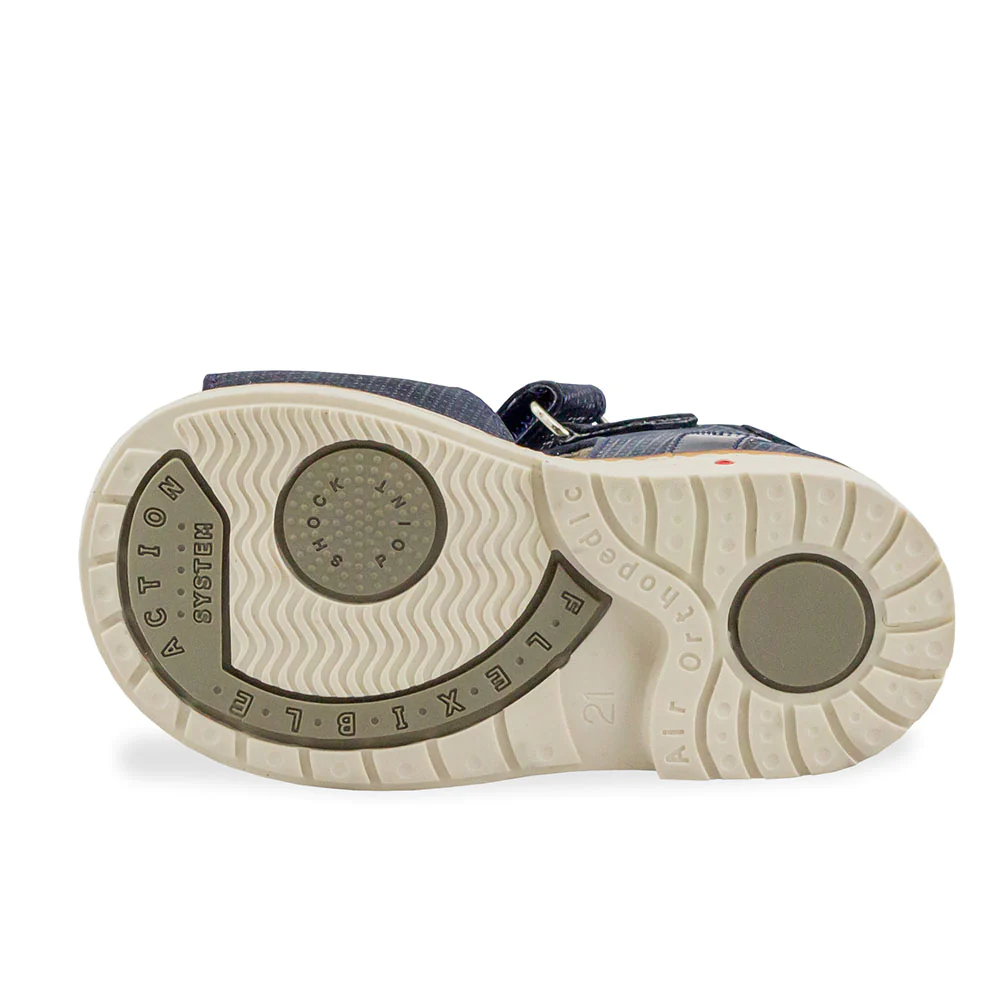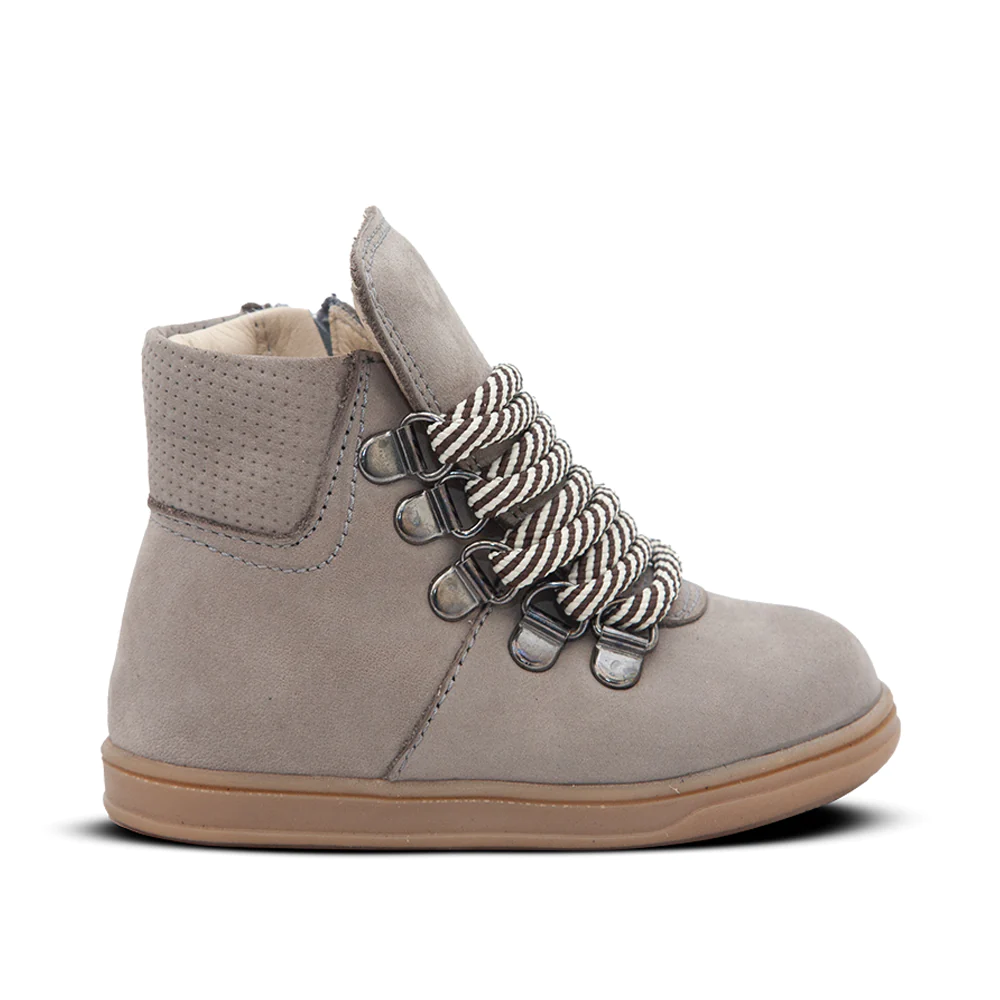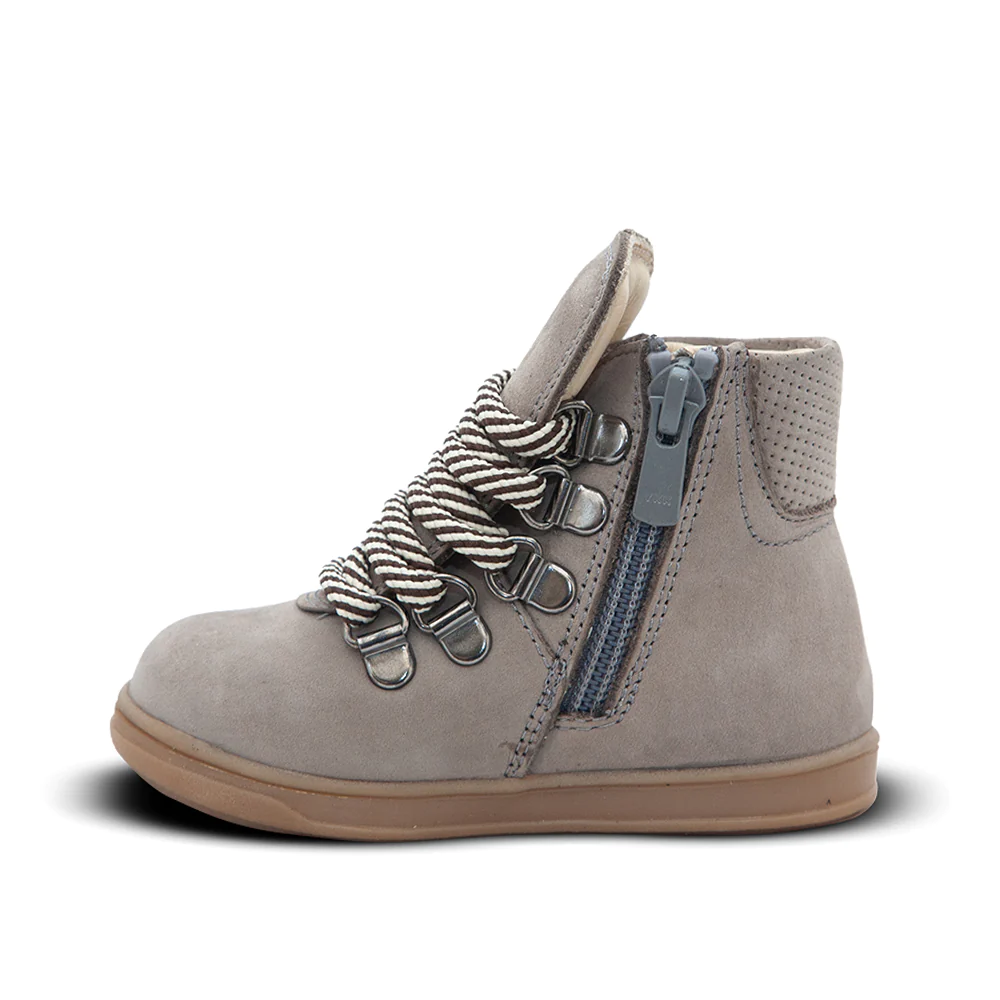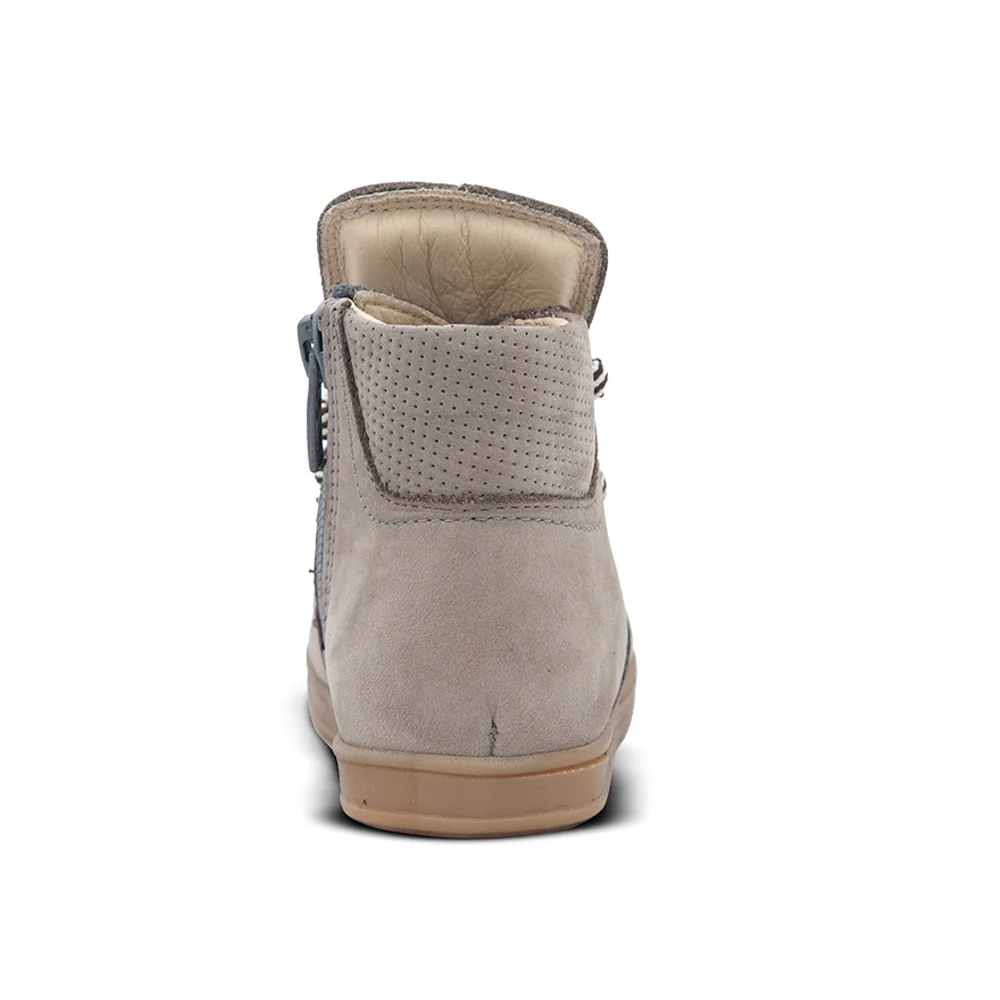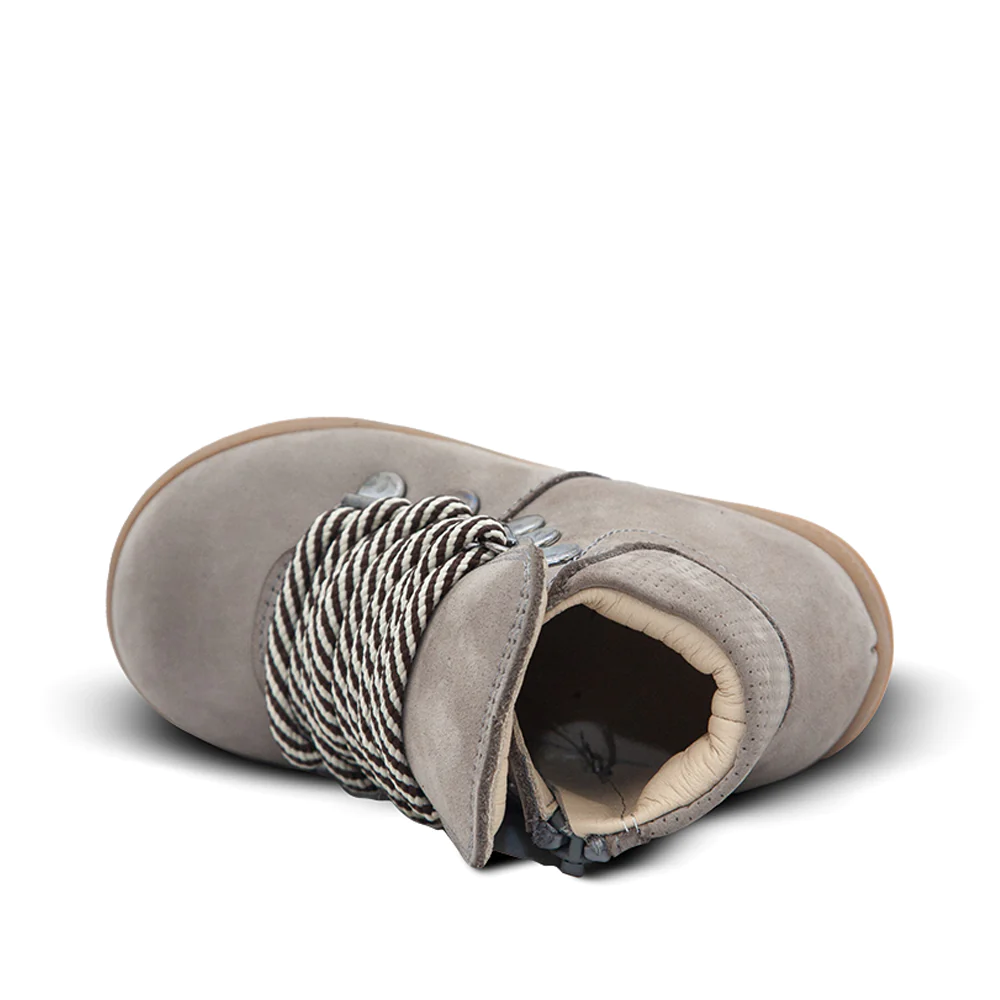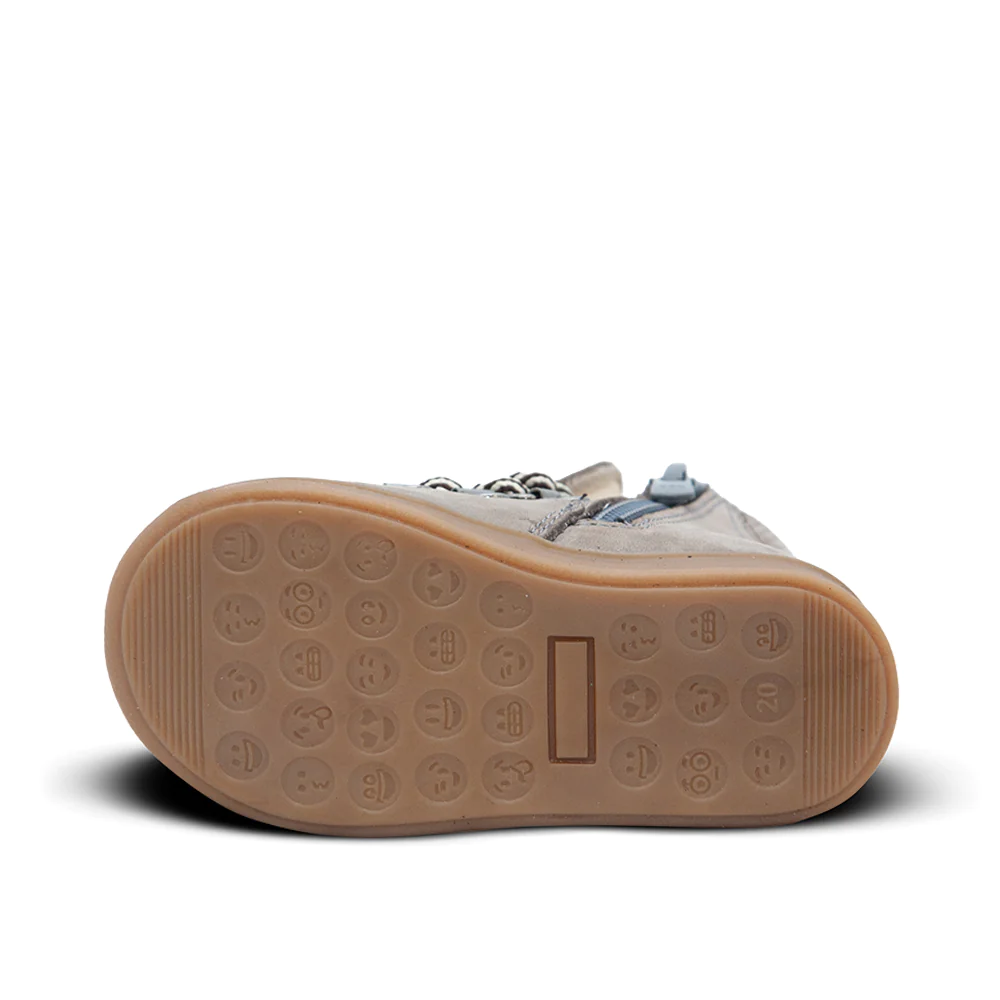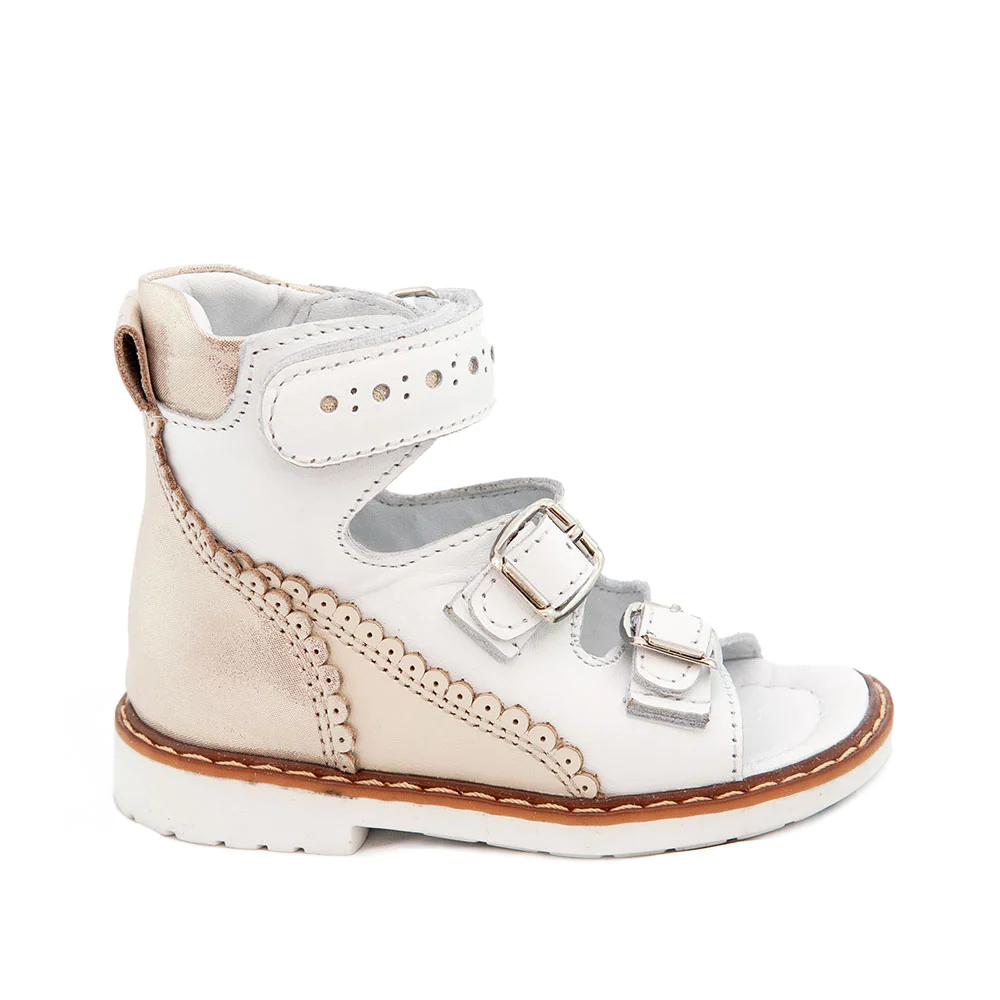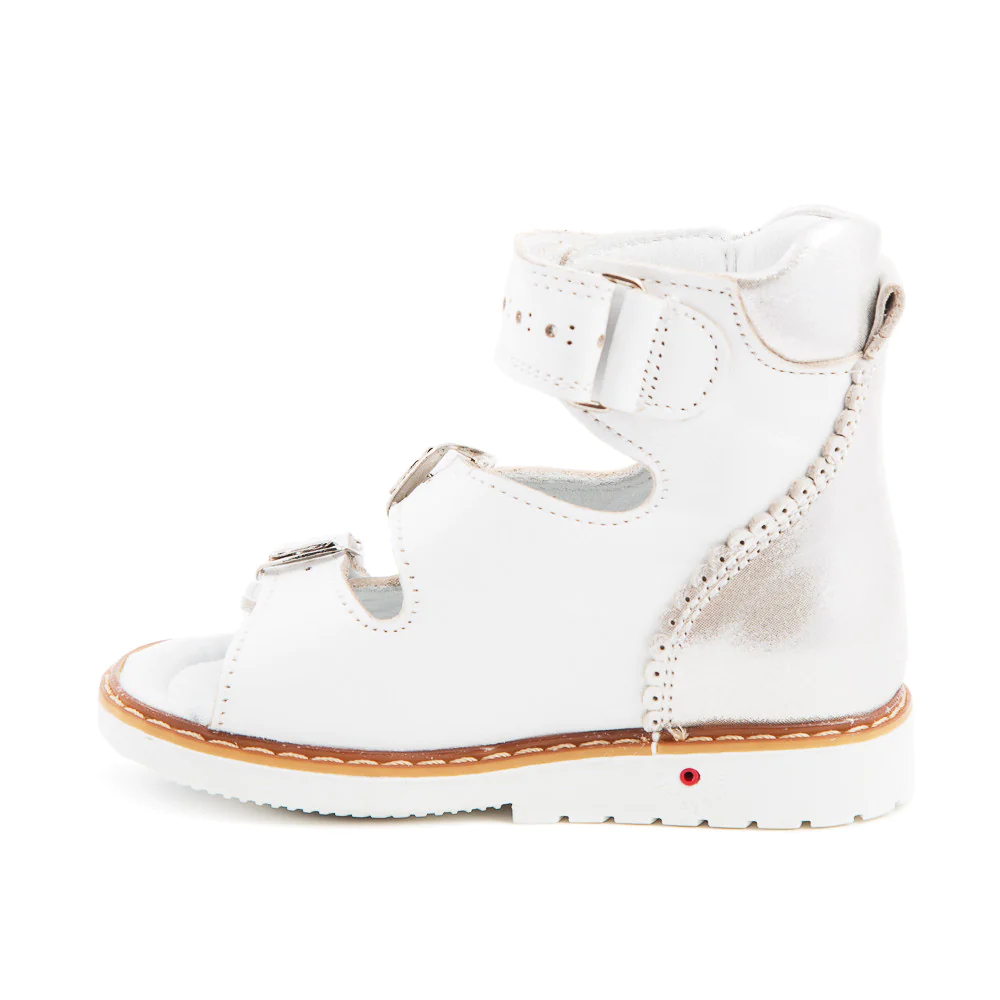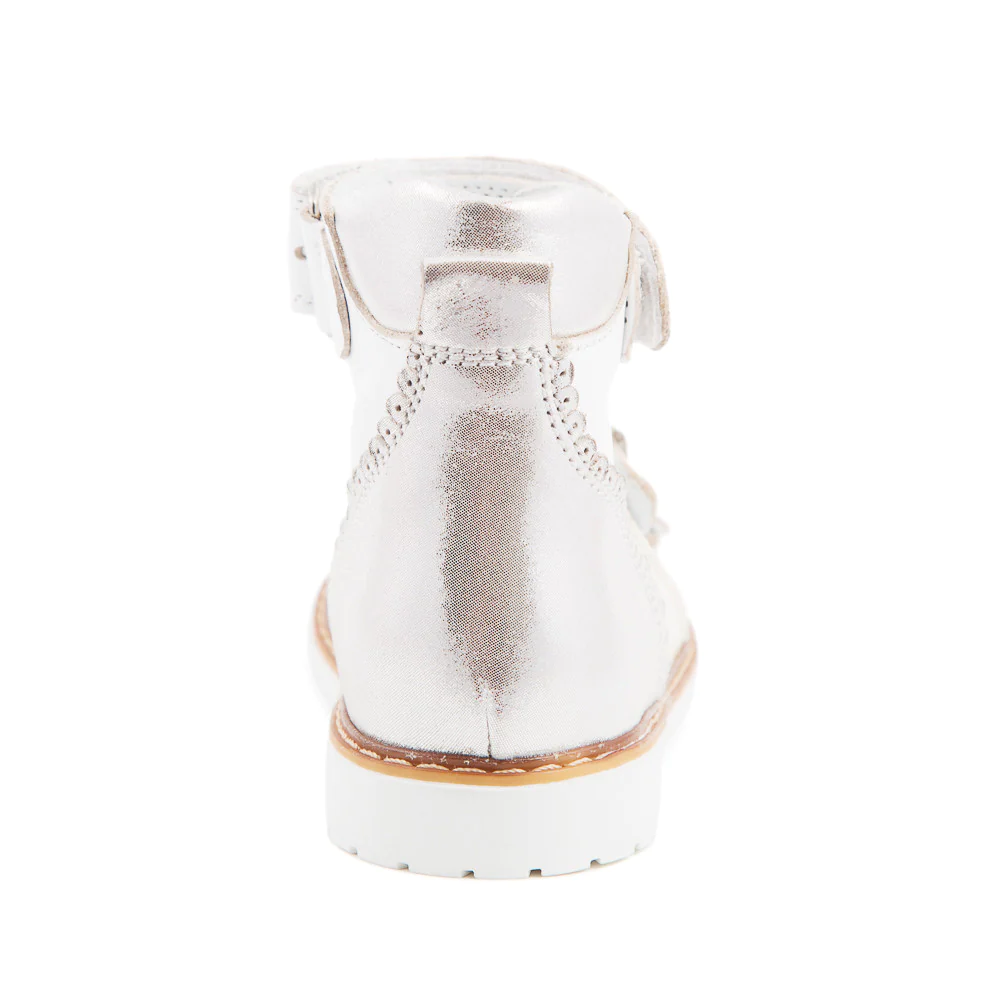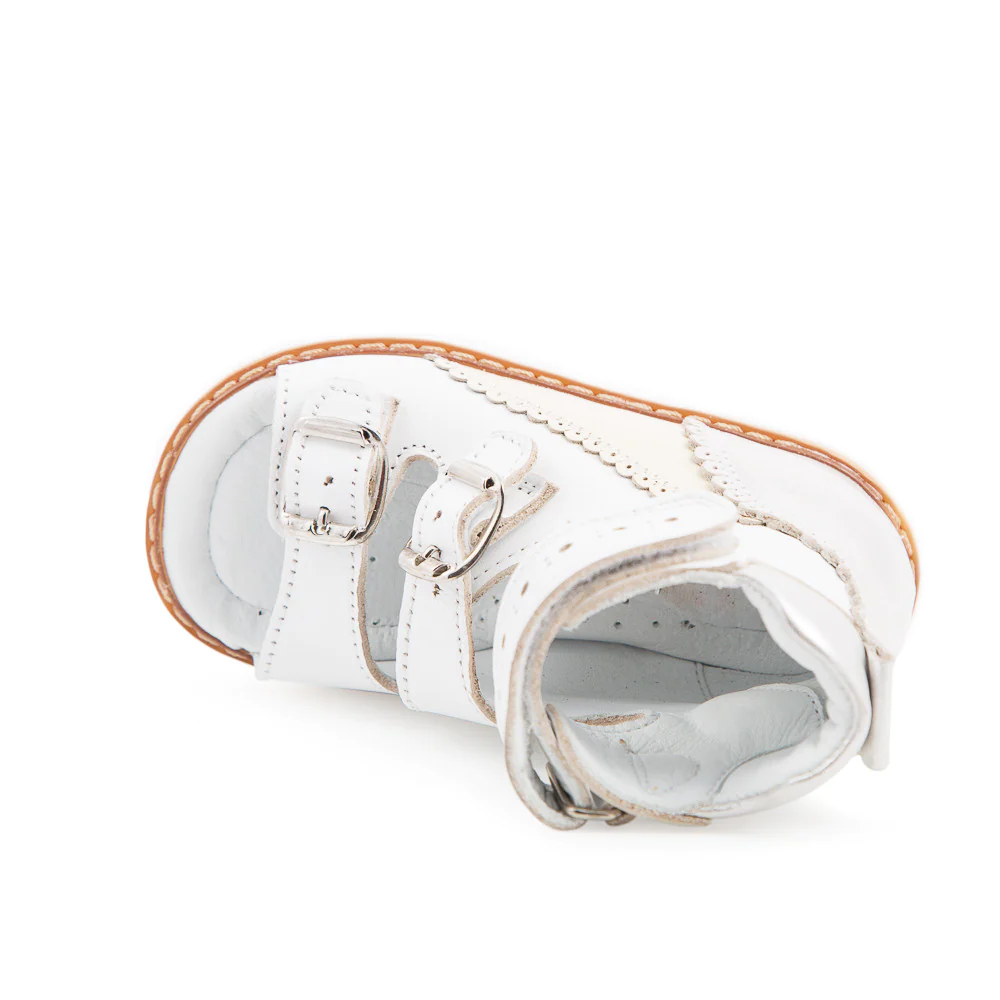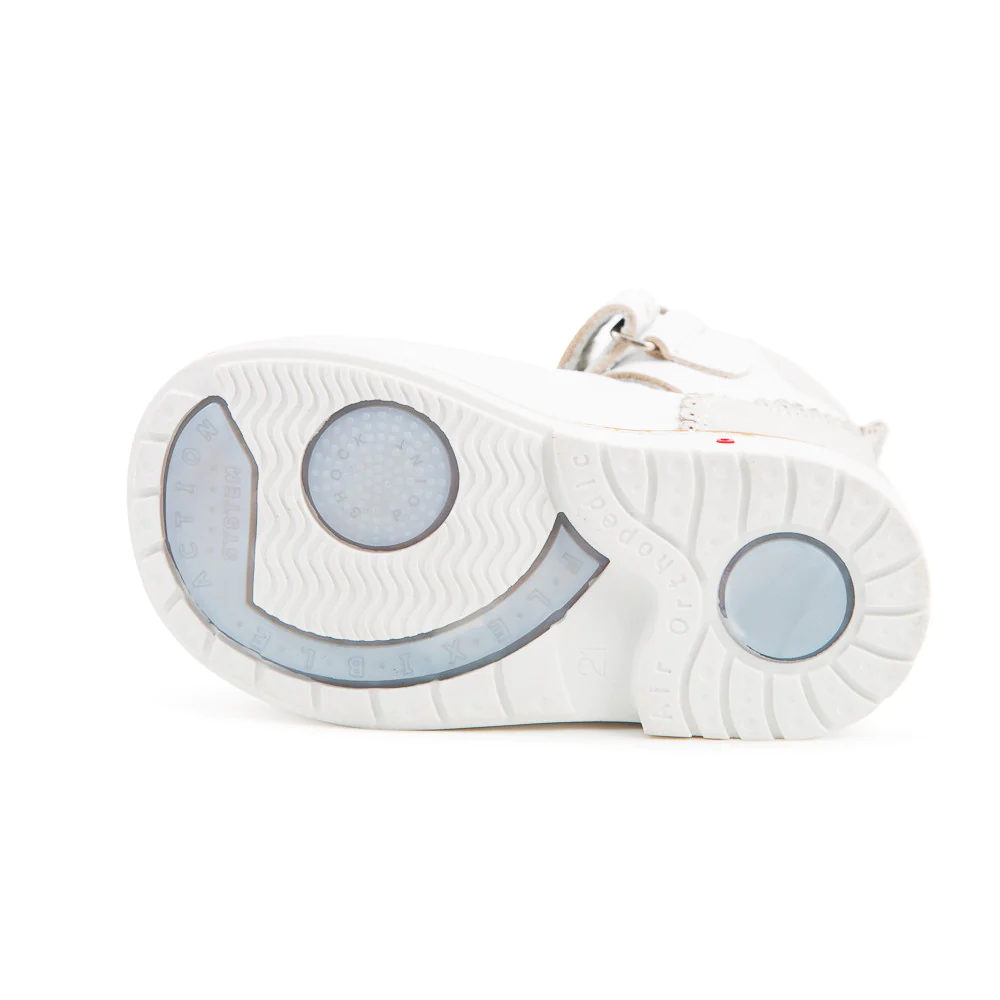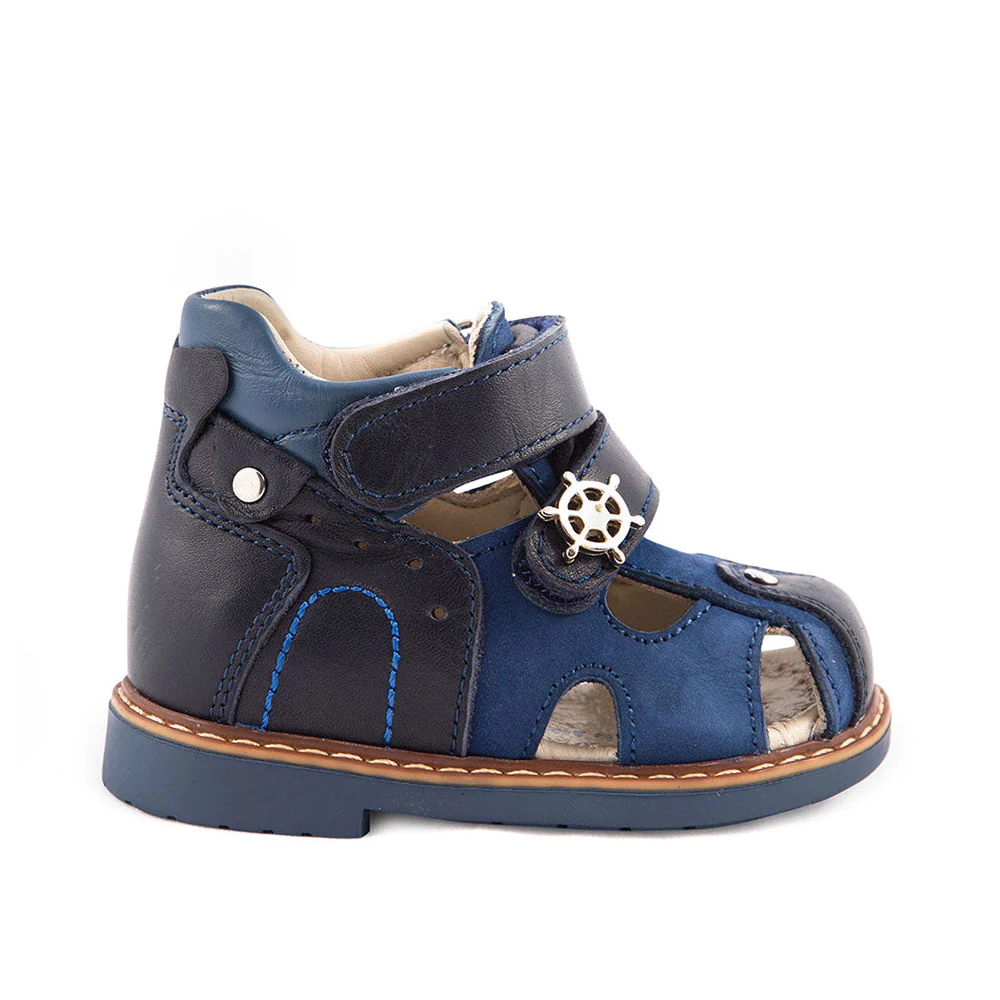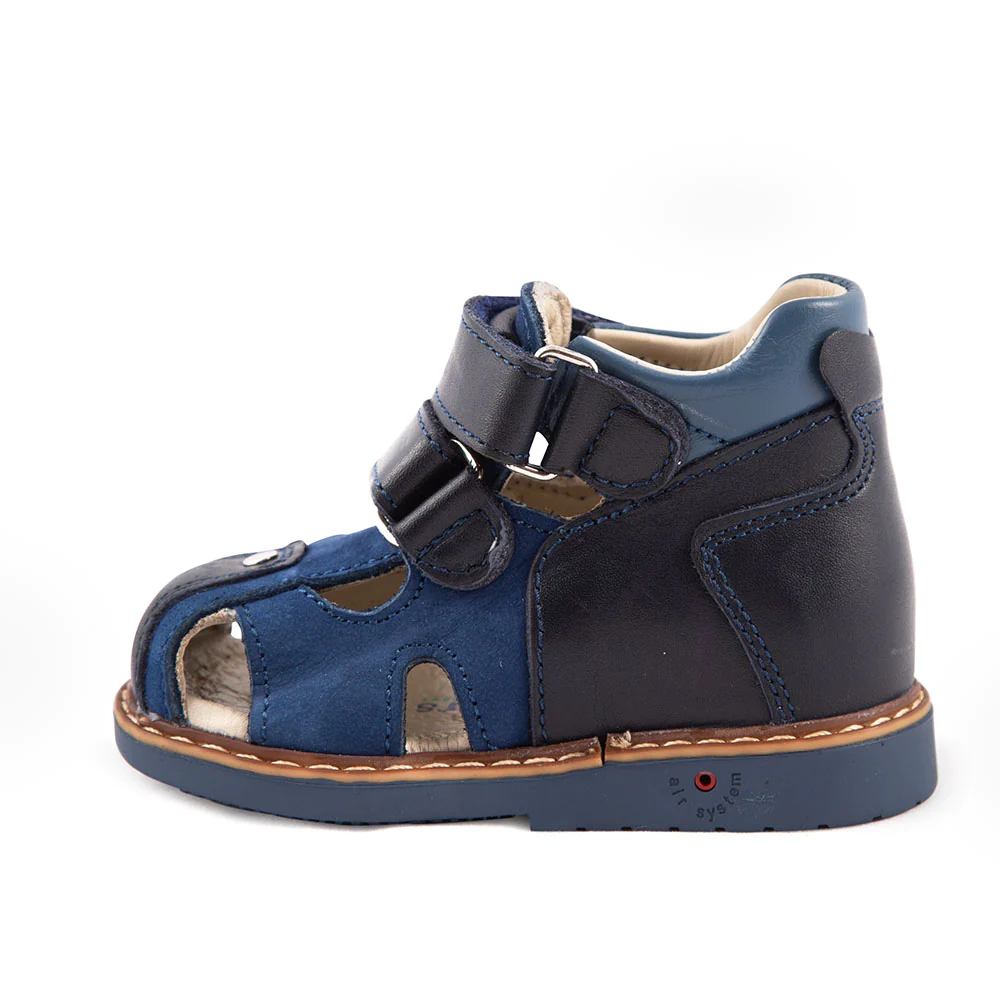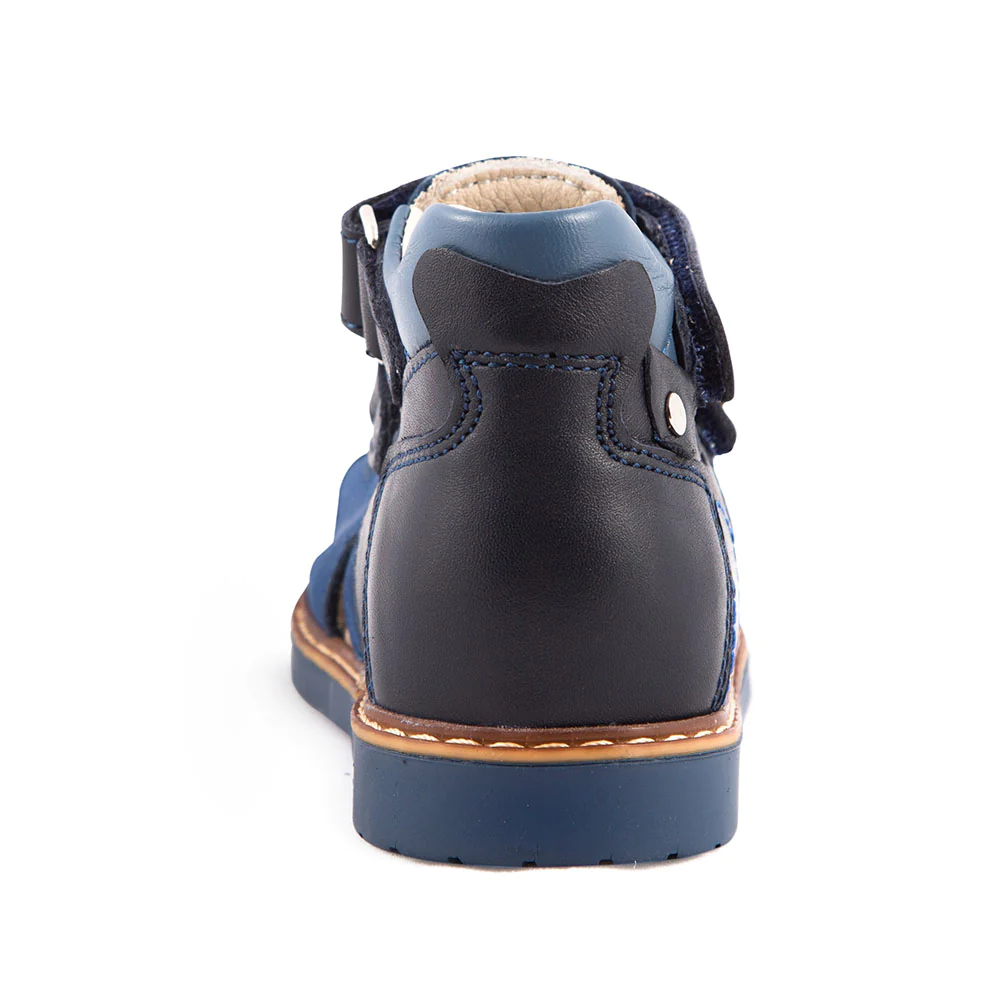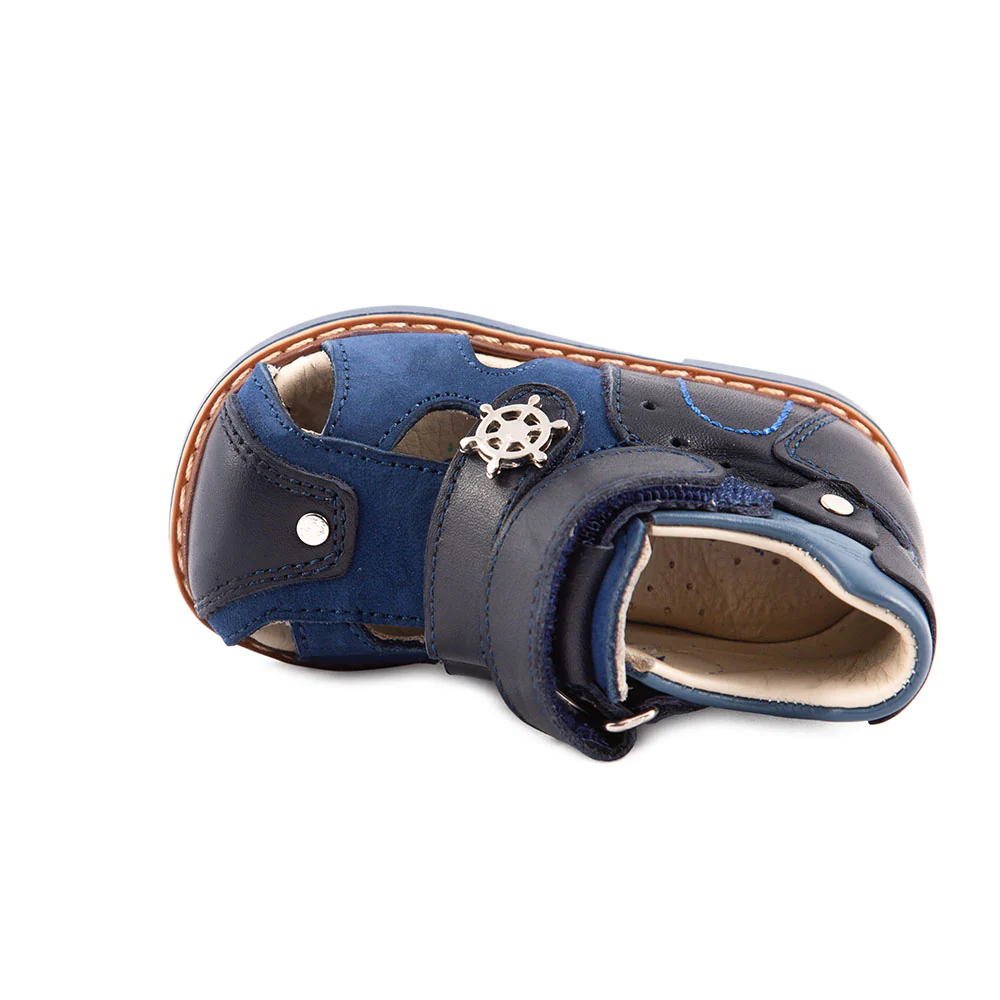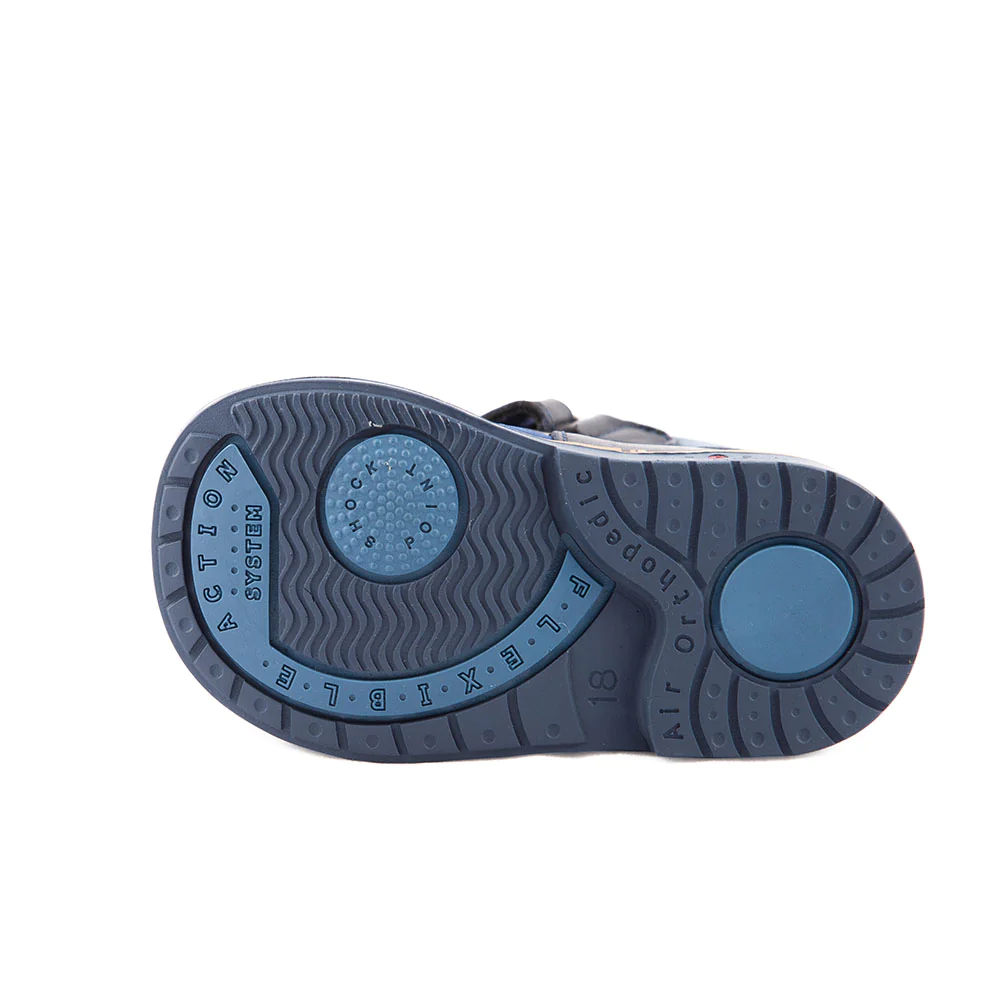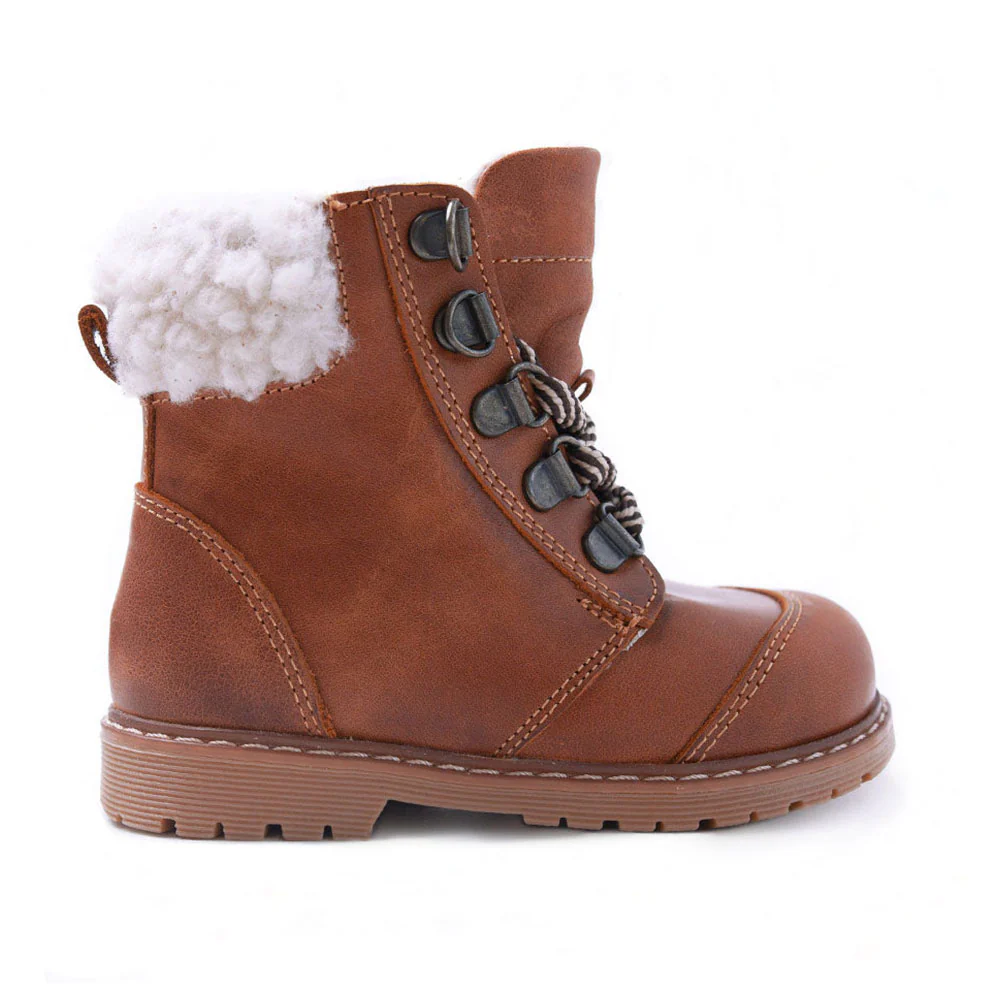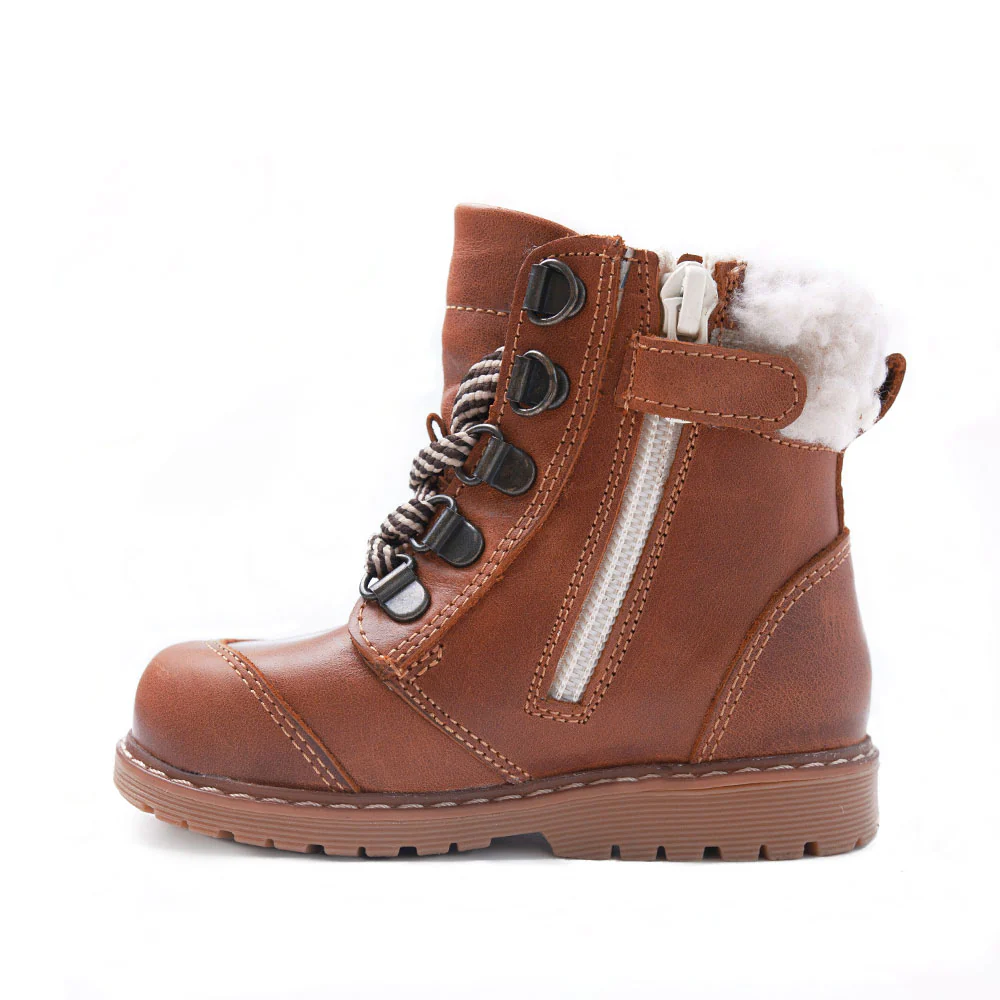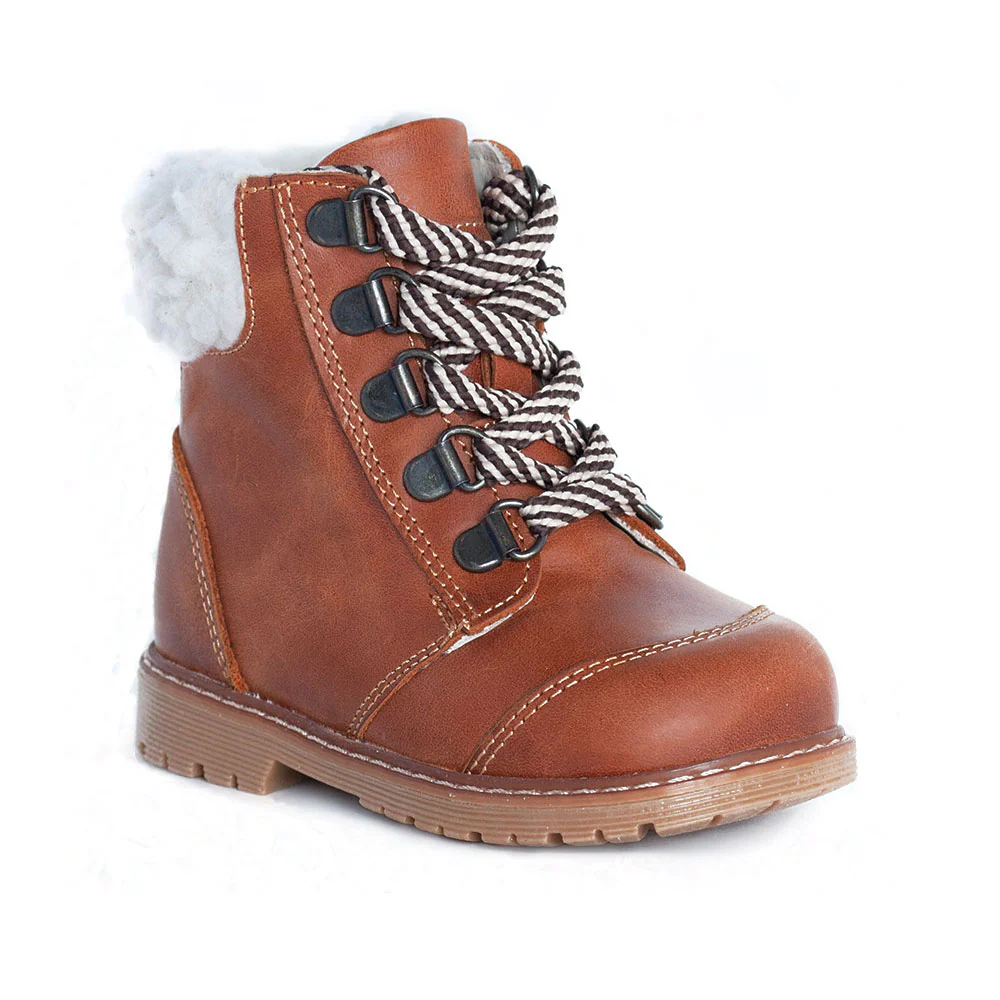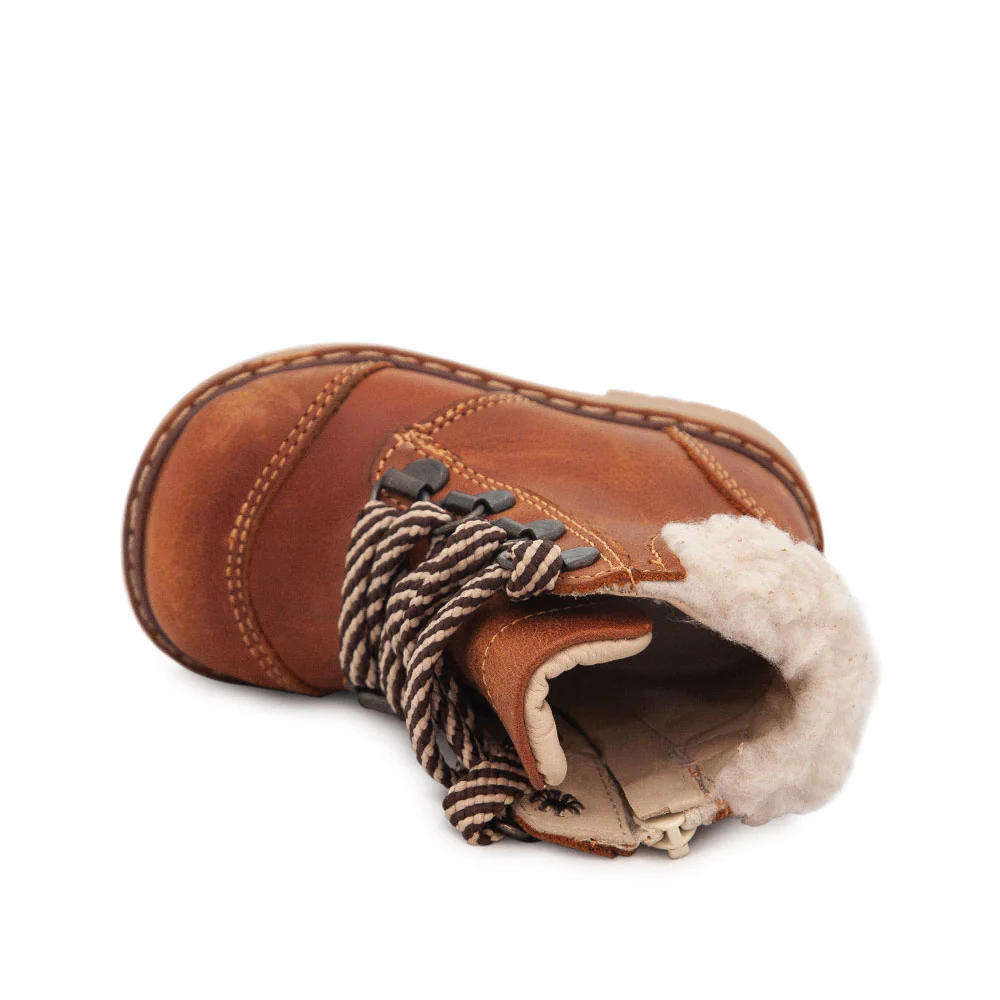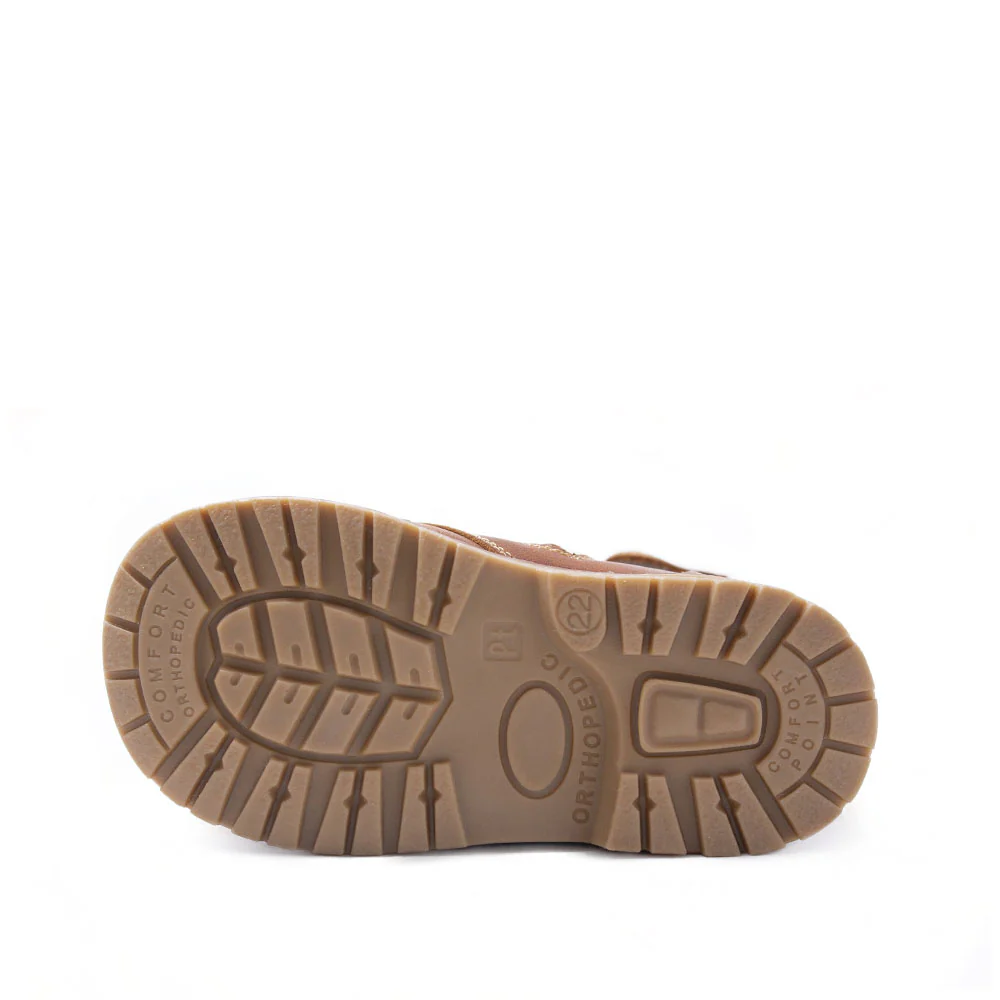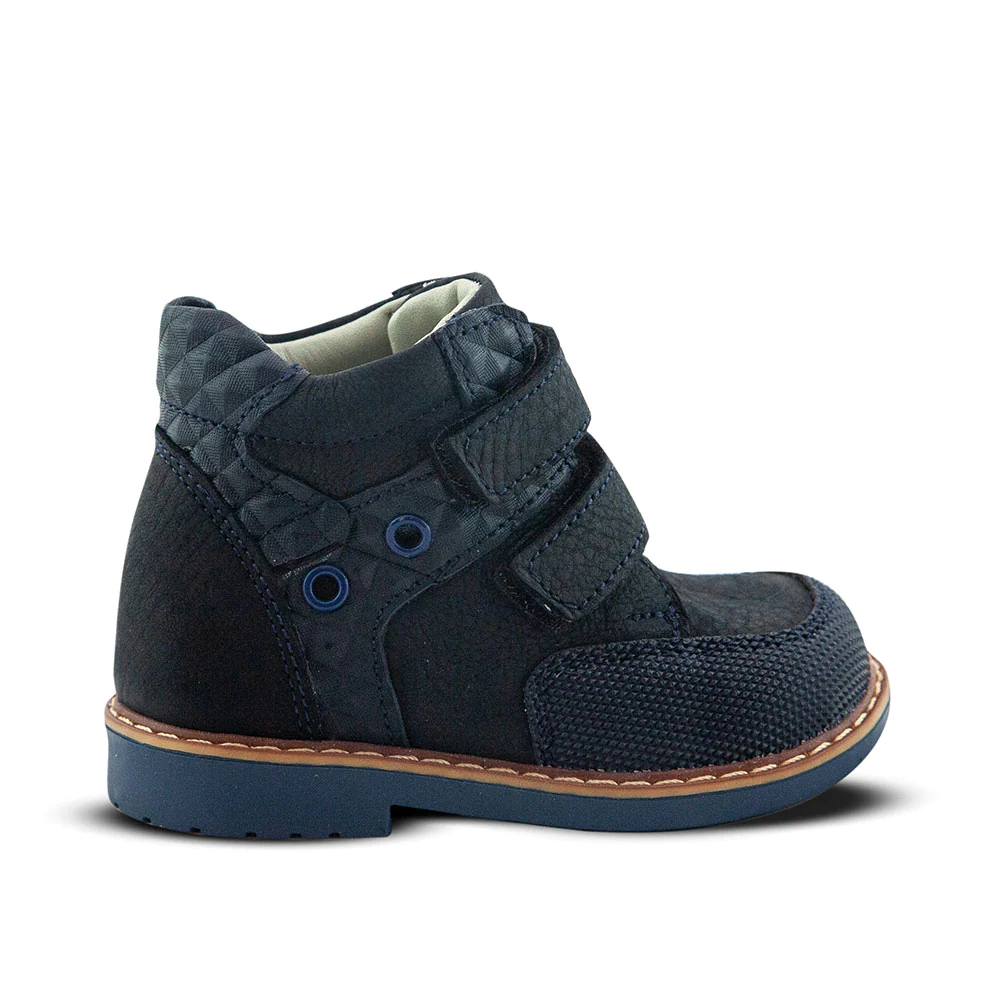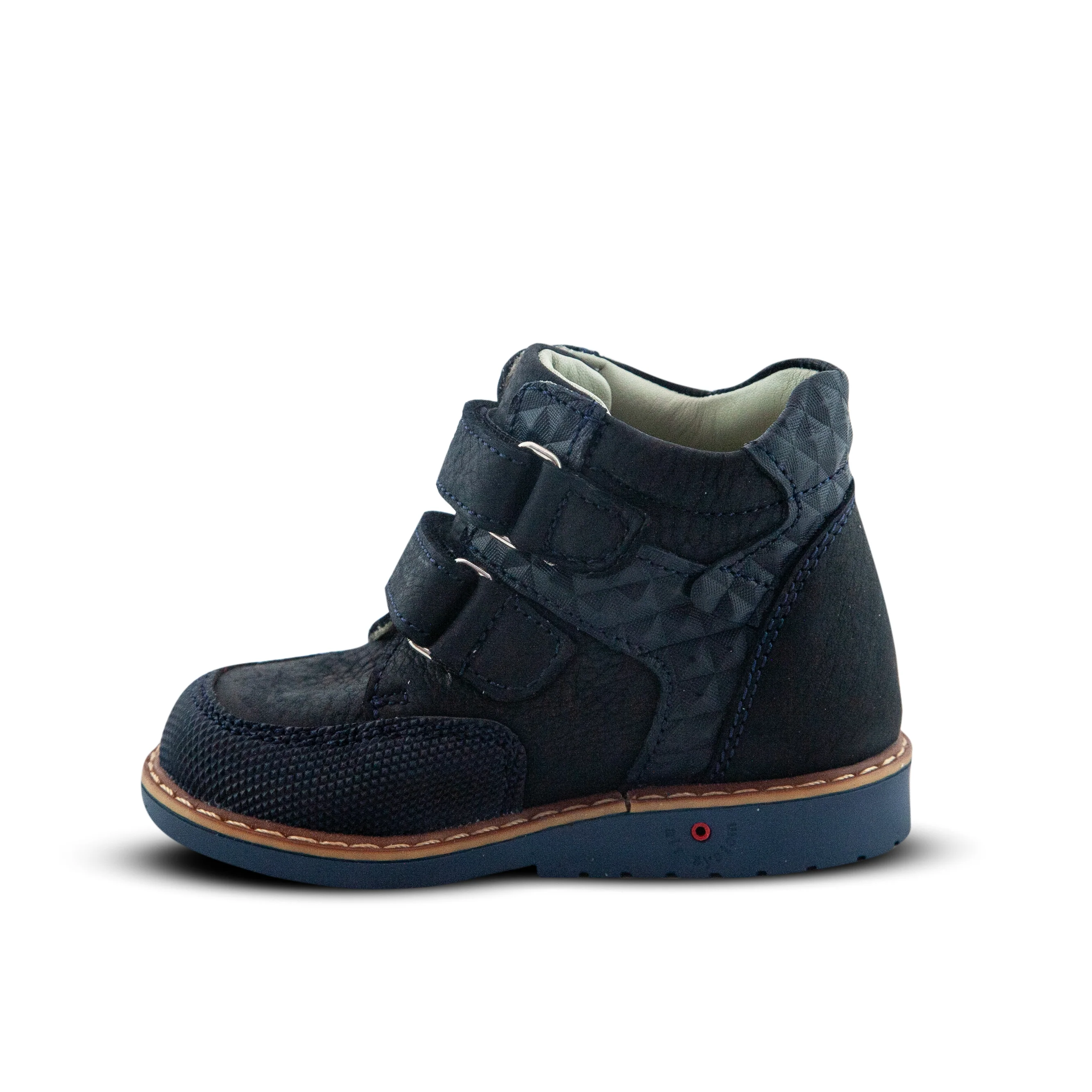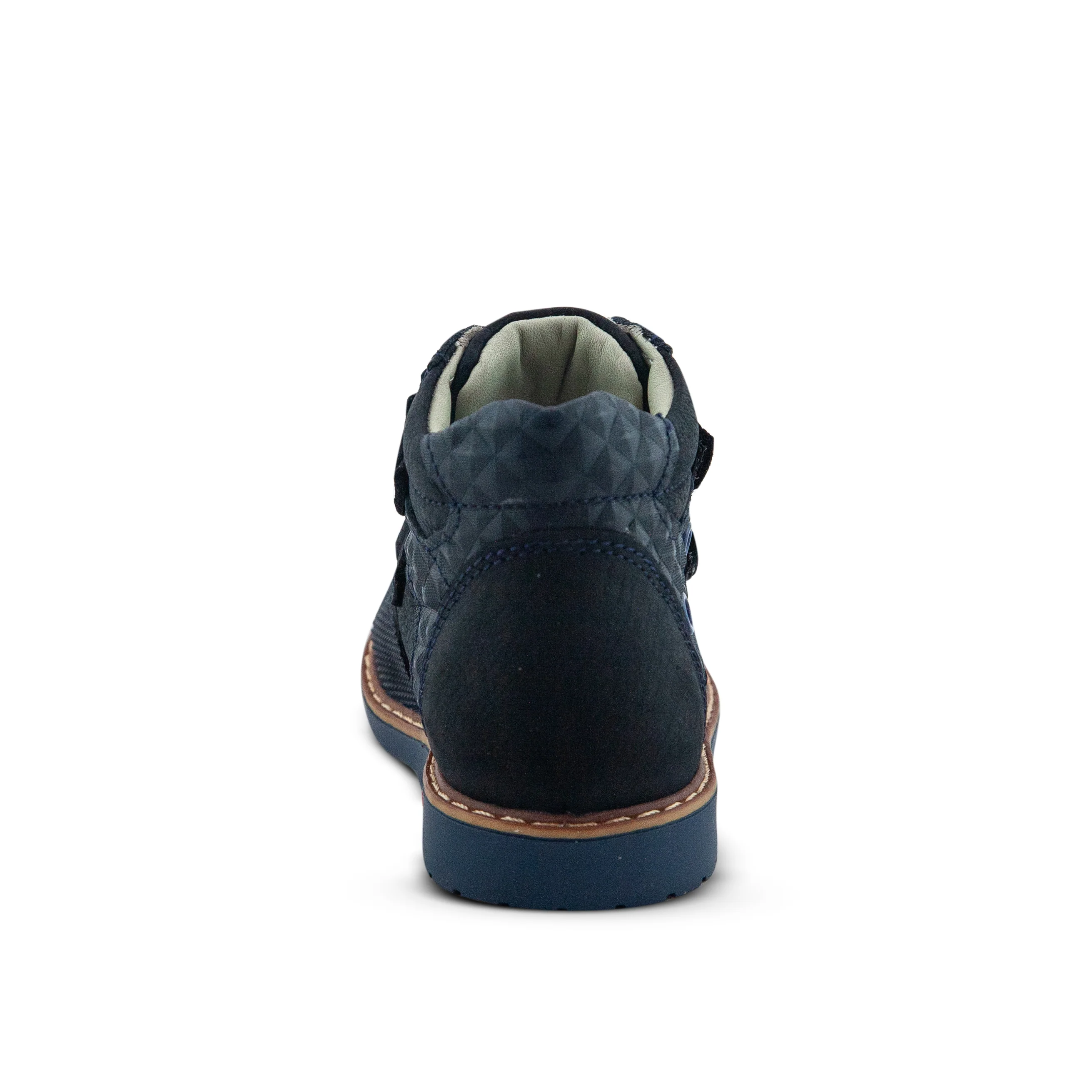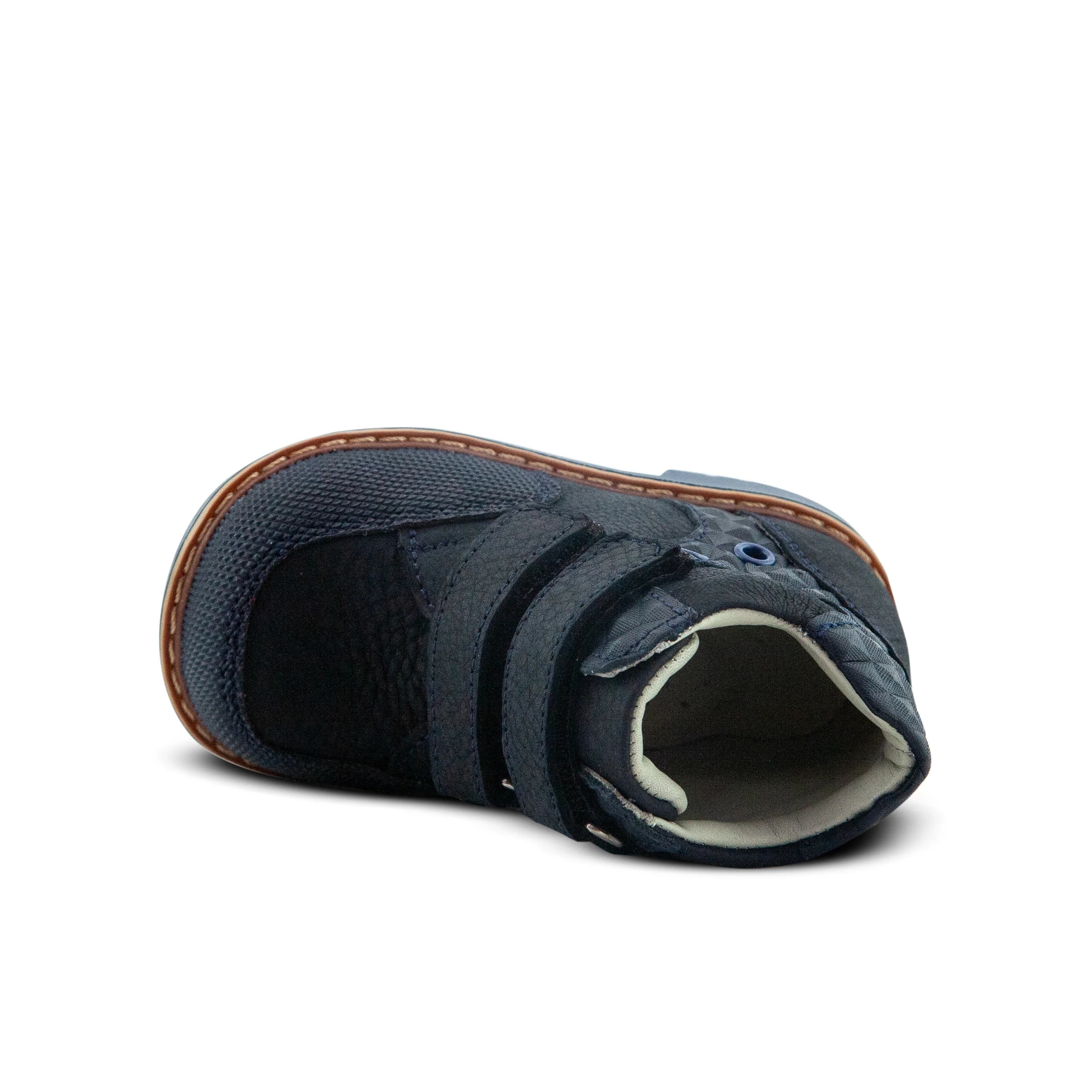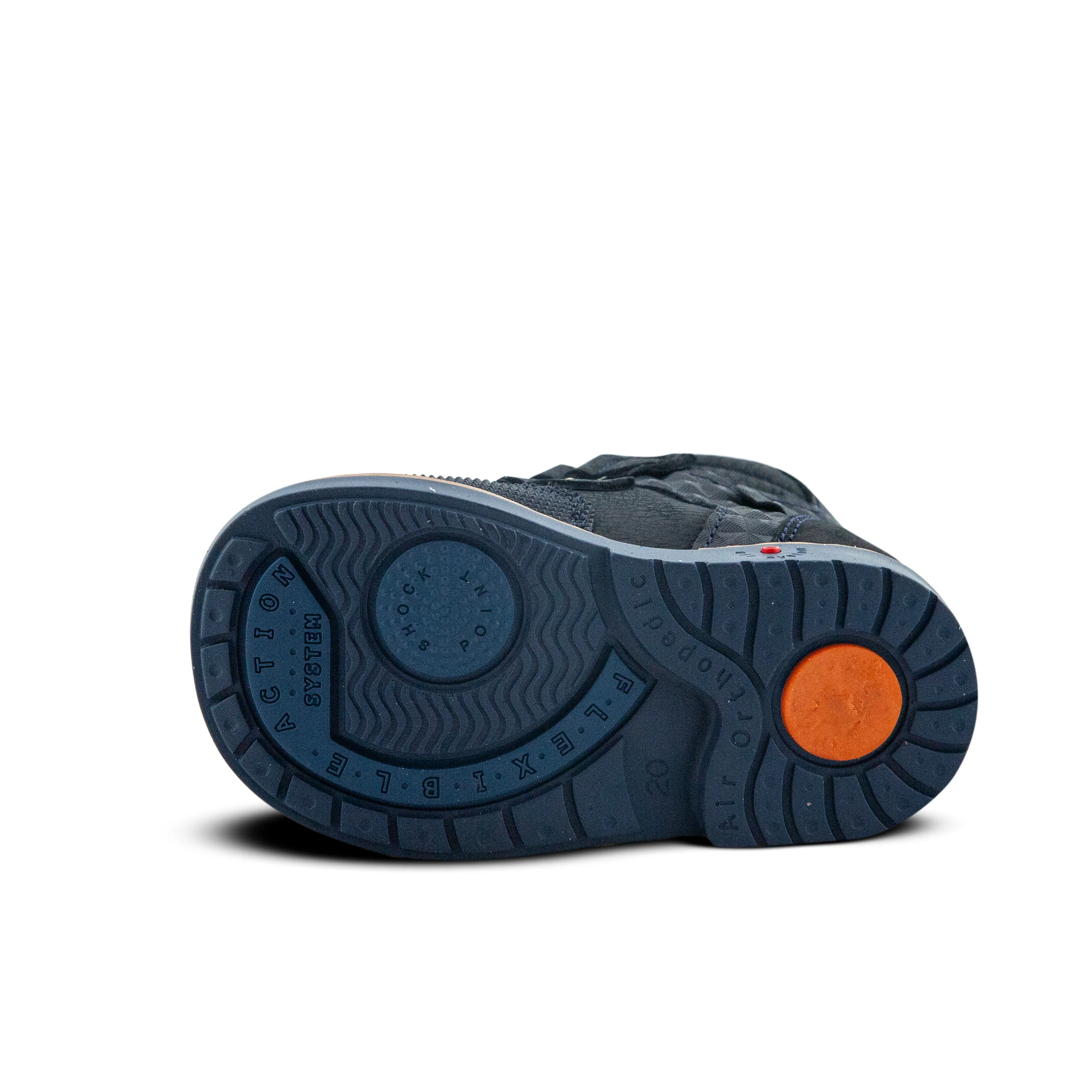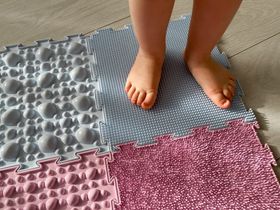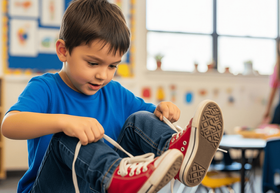10 Best Supportive Walking Shoes for Toddlers
Looking for the best walking shoes for your toddler? Supportive shoes should be flexible, grippy, and roomy—not stiff or slippery. Our top 10 picks help with balance, prevent falls, and promote healthy foot development, whether your little one is taking first steps or running wild outdoors. Plus: sock tips, fit checks, and shoe myths debunked by experts.
Updated June 6, 2025
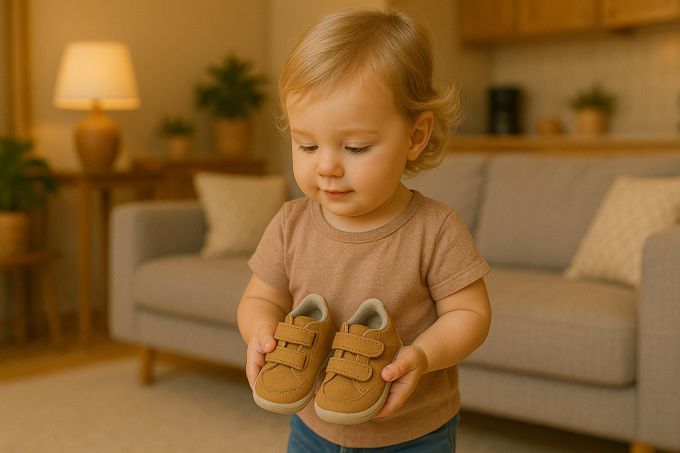
Watching your little one take their first wobbly steps is a magical milestone. As parents, we all want to give our toddlers the best start, and that includes choosing the right shoes. Supportive walking shoes are crucial for healthy foot development, balance, and coordination during these exciting early years.
But with so many options out there, how do you know which ones are truly beneficial? This article will guide you through what makes a great supportive walking shoe for toddlers, highlighting the key features to look for and recommending our top 10 picks.
» Explore our Toddler Shoe Collection to find the perfect fit for your tot!
Why Do Toddlers Need Supportive Walking Shoes?
Toddlers need specific types of support to encourage healthy foot development, balance, and coordination as they learn to walk. Their developing feet require stability to prevent wobbling or falls, as their muscles are still strengthening and learning to bear weight.
Flexibility is essential to allow natural movement and proper muscle growth, which enhances coordination and balance. Toddlers also need gentle protection against rough surfaces to minimise discomfort and injuries.
Lastly, beneficial support promotes correct foot alignment, helping prevent common developmental issues like toe-walking or flat-footedness, ultimately fostering confident, stable steps and steady motor development.
» 3 myths and facts about toddler shoes every parent should know
Our Top Picks For Toddler Walking Shoes
What Internal and External Features Provide Support?
The right internal and external features in a toddler's shoe work together to provide effective support. Let's explore some key elements.
Internal Features
- Cushioned Insoles help absorb impact and provide comfort during early walking stages. They evenly distribute pressure across the foot, protecting developing bones and muscles whilst reducing fatigue.
- Arch Support internally aligns the foot, facilitating correct posture and stride patterns. It helps prevent flat-footedness and supports natural arch development, contributing significantly to balance and coordination.
- Seamless, Breathable Linings prevent friction and irritation, crucial for sensitive toddler skin. Breathable materials regulate temperature and moisture, ensuring comfort so toddlers can focus on balance rather than discomfort.
» Regular shoes vs. Supportive shoes: Which is best?
External Features
- Flexible Rubber Soles enable natural foot movements, supporting muscle growth needed for walking. This flexibility ensures toddlers can easily grip the ground, enhancing stability and coordination.
- Sturdy Heel Counters reinforce stability by firmly holding the heel, reducing side-to-side movements. This external support significantly reduces the risk of twisting injuries whilst ensuring proper alignment.
- Wide Toe Boxes provide ample space for natural toe spreading, crucial for balance and stability. This feature allows toes to flex and grip, enhancing sensory feedback and confidence.
» Discover how much wiggle room your kid's shoes need
Our Top 10 Best Supportive Walking Shoes for Toddlers
Now that you know what to look for, let's dive into our top 10 recommendations for the best supportive walking shoes currently available for toddlers.
Important Considerations When Buying Toddler Walking Shoes
Choosing the right shoes for your toddler is about more than just picking a cute pair. Here are a few more things to keep in mind.
The Influence of Socks
Sock thickness and material can significantly affect how well supportive toddler shoes function. Thicker socks—like terry cotton or wool—can bulk up the fit, making snug shoes too tight and potentially restricting movement.
On the other hand, very thin socks, such as lightweight polyester or nylon blends, might not provide enough friction, increasing the chance of slipping inside the shoe.
Parents should aim for mid-weight, breathable cotton-blend socks that offer moisture control without distorting fit. Always try socks and shoes together, ensuring there's enough toe wiggle room and no pressure points, especially around the heel and arch areas.
» Parents Also Asked: Do babies need to wear socks?
Debunking Common Myths About Toddler Walking Shoes
A persistent myth is that toddlers need to wear shoes indoors to support foot development.
However, research shows barefoot walking—especially indoors—is beneficial for building strength, balance, and proprioception. A study found that habitually barefoot children aged 6-10 displayed better balance and jumping skills than their shoe-wearing peers[1].
While shoes are important for protection outdoors, experts now recommend letting toddlers go barefoot or wear soft-soled shoes indoors to support natural muscle development.
» Find out if barefoot truly is best for toddlers
Shoes Should Be Comfortable From Day One
Many parents assume new toddler shoes will need time to "break in," but this is a misconception—well-fitted, supportive shoes should feel comfortable right away.
If a child walks awkwardly, resists wearing them, or develops red marks after short use, it's a sign the shoes aren't suitable. Toddlers don't have the patience—or the verbal skills—to explain discomfort, so immediate fit is crucial.
Look for natural movement within minutes of wearing. If the child is hesitant, observe carefully rather than dismissing it as fussiness. Shoes that fit properly from day one support both comfort and confidence in early walkers.
» Learn how to choose shoes for different stages of foot development
Supporting Your Little Explorer
Finding the perfect walking shoes for your little one doesn't have to be overwhelming. Every child's feet are wonderfully unique, and what works brilliantly for your friend's toddler might not suit yours. The key is watching how your child moves and considering where they'll be doing most of their exploring.
Don't feel pressured to buy the most expensive option on the shelf. Focus on proper fit, the right support for their current stage, and sturdy construction that'll survive daily adventures. Your toddler's happy wiggling toes and confident steps matter far more than fancy brand names.
You know your child better than anyone else—trust those parental instincts! If they're bouncing around happily, walking more steadily, and eager to show off their new moves, you've absolutely nailed it. These precious first walking months set the foundation for a lifetime of joyful movement.
Disclaimer: First Walkers' information is intended for educational and informational purposes related to toddler footwear and feet. We encourage you to consider individual circumstances and consult qualified orthopaedists about specific conditions.
References
- A. Zech, R. Venter, J. E. De Villiers, S. Sehner, K. Wegscheider, and K. Hollander, “Motor skills of children and adolescents are influenced by growing up barefoot or shod,” Frontiers in Pediatrics, vol. 6, Apr. 2018, doi: 10.3389/fped.2018.00115. Available: https://doi.org/10.3389/fped.2018.00115
